Leopard geckos are beloved for their stunning patterns, docile nature, and manageable care requirements. Whether you're a first-time reptile owner or an experienced enthusiast, this updated care guide will provide you with the most current information and tips to create the perfect habitat for your gecko. Let’s dive in!
1. Setting Up the Perfect Enclosure
Your leopard gecko's enclosure should be spacious enough to allow for movement and provide the necessary environmental gradient. Aim for at least a 20-gallon tank for a single adult. Ensure proper ventilation and a secure lid to prevent escapes.
- Temperature Gradient: Create a warm side (88-92°F / 31-33°C) and a cool side (75-80°F / 24-27°C) using an under-tank heater or a heat lamp.
- Belly Heat: Belly heat is crucial for digestion and overall well-being. Providing a heat source under the tank helps maintain the essential temperatures for proper digestion, which is why under-tank heaters work best. Ensure your gecko has access to belly heat at all times!

2. Choosing the Right Substrate
Choosing the right substrate is vital for your gecko’s health. Avoid using coco fiber alone, as it can be too loose and cause impaction if ingested.
- For beginners, premium reptile liners (like those offered by Geckopia) are a safe, clean option.
- For a more natural setup, mix sand with coconut fiber or organic soil. This combination is easy to manage and mimics the natural desert environment where geckos thrive.
- Never use loose sand by itself—it can lead to impaction, which is dangerous for your gecko’s digestive system.
3. Lighting and UVB
Leopard geckos are crepuscular, meaning they are active during the evening and early morning hours. As such, they don’t require intense lighting.
- Use a low-wattage red or blue light to observe your gecko during the night without disrupting their natural sleep cycle.
- If you choose to add UVB lighting, it can be beneficial for calcium metabolism and overall health, but it’s not a necessity for all leopard geckos. Most owners simply dust feeders with calcium to ensure proper vitamin D3 levels.
4. Feeding Your Leopard Gecko
Feed your adult leopard gecko 2–3 times a week, and offer food daily for juveniles.
Their diet should mainly include crickets, mealworms, and dubia roaches—nutritious, easy-to-digest feeders they’ll love. Just getting started? Subscribe and get 50% off your gecko’s favorite dubias.
- Gut-load your insects with nutritious fruits and vegetables to enhance the nutritional value.
- Calcium and Vitamin D3: Dust your insects with a calcium supplement to promote strong bones and prevent metabolic bone disease (MBD).
- Pro Tip: Consider adding a Geckopia Triple Dish to your enclosure for clean, easy feeding. It ensures that food stays in place and makes mealtime a breeze.
5. Handling and Taming
When you first bring your gecko home, allow it to acclimate to its new environment for a week before attempting to handle it.
- Start with short, gentle sessions, gradually increasing the duration to build trust.
- Always support your gecko’s body and avoid sudden movements, which can cause stress or injury.
6. Shedding Support
Leopard geckos shed their skin regularly, and providing a moist hide will help them with the process.
- Keep the humidity level around 40-50% during shedding periods.
- If your gecko is having difficulty shedding, you can provide a shallow container of lukewarm water to help remove stubborn skin.
- To further aid shedding, try using the Geckopia Dig Box, which provides a cozy, moist hide to support healthy shedding.
7. Health and Hygiene
Regularly inspect your gecko for signs of illness, including:
- Weight loss, lethargy, or abnormal behavior.
- Make sure to spot clean the enclosure daily to remove waste and uneaten food. Perform a full clean every 2-4 weeks to maintain a hygienic habitat.
- Consult a reptile vet if you notice any concerning symptoms.
8. Enrichment and Environmental Stimulation
Leopard geckos are curious and enjoy exploring their environment.
- Provide plenty of hiding spots and climbing opportunities to keep your gecko entertained.
- Use artificial plants and natural decor to create a stimulating and natural-looking habitat.
- Rotate different enrichment items regularly to prevent boredom.
By following this comprehensive guide, you’ll provide your leopard gecko with the best possible care and ensure they lead a long, healthy life in captivity. From proper feeding and belly heat to creating an enriched habitat, you’ll be well-equipped to give your gecko everything they need.
Remember, patience and consistent care are the keys to keeping a happy and thriving leopard gecko.
PDF Files: Husbandary File








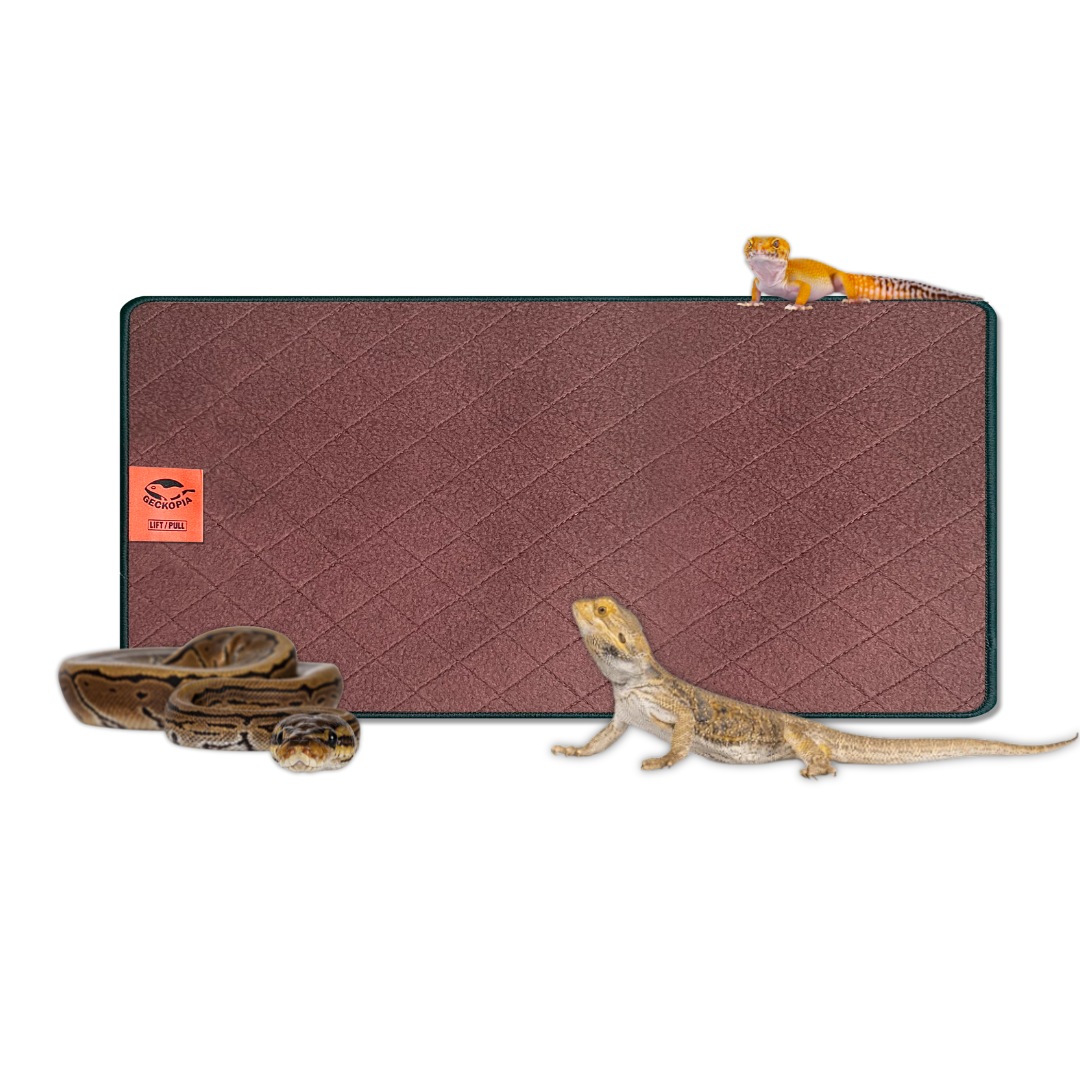
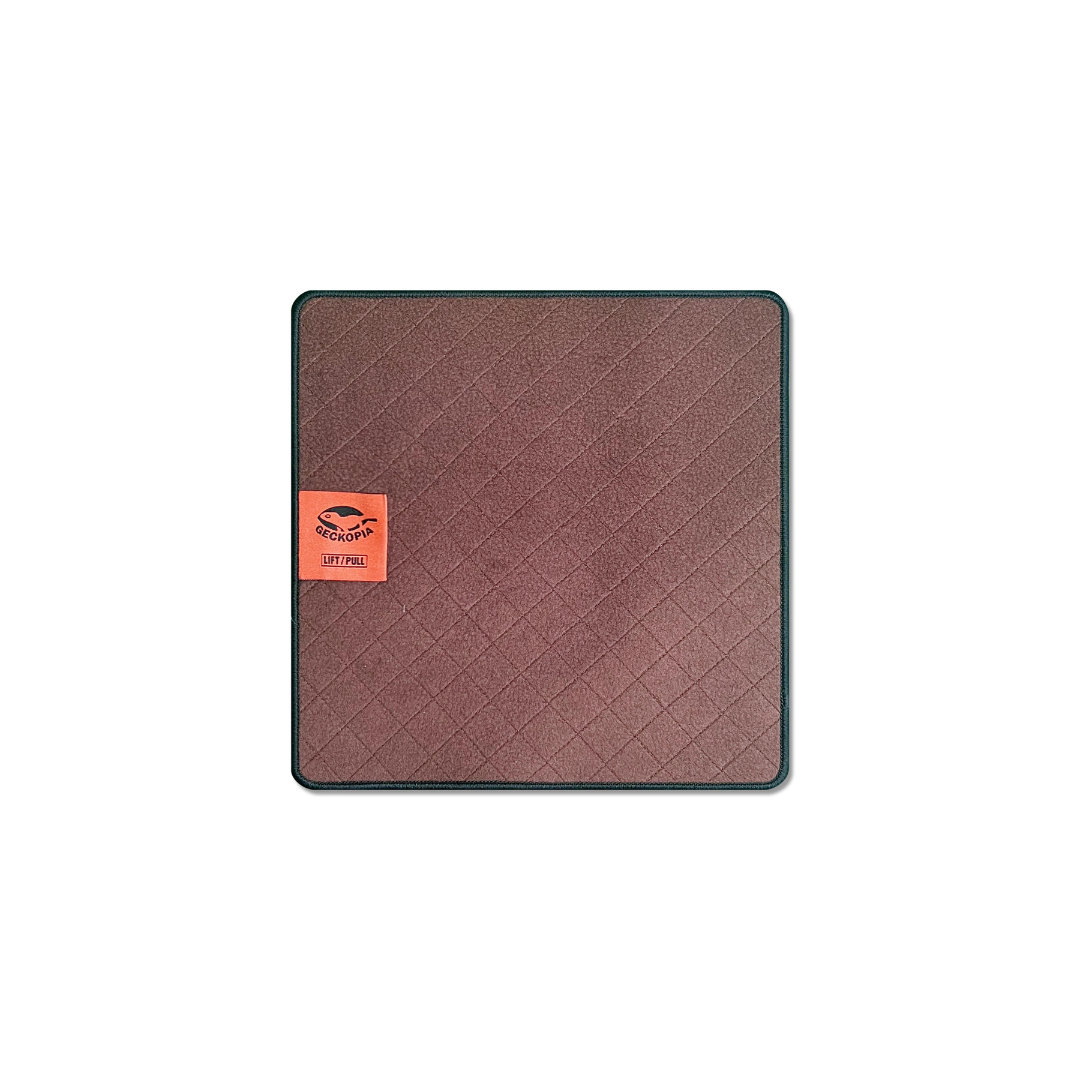
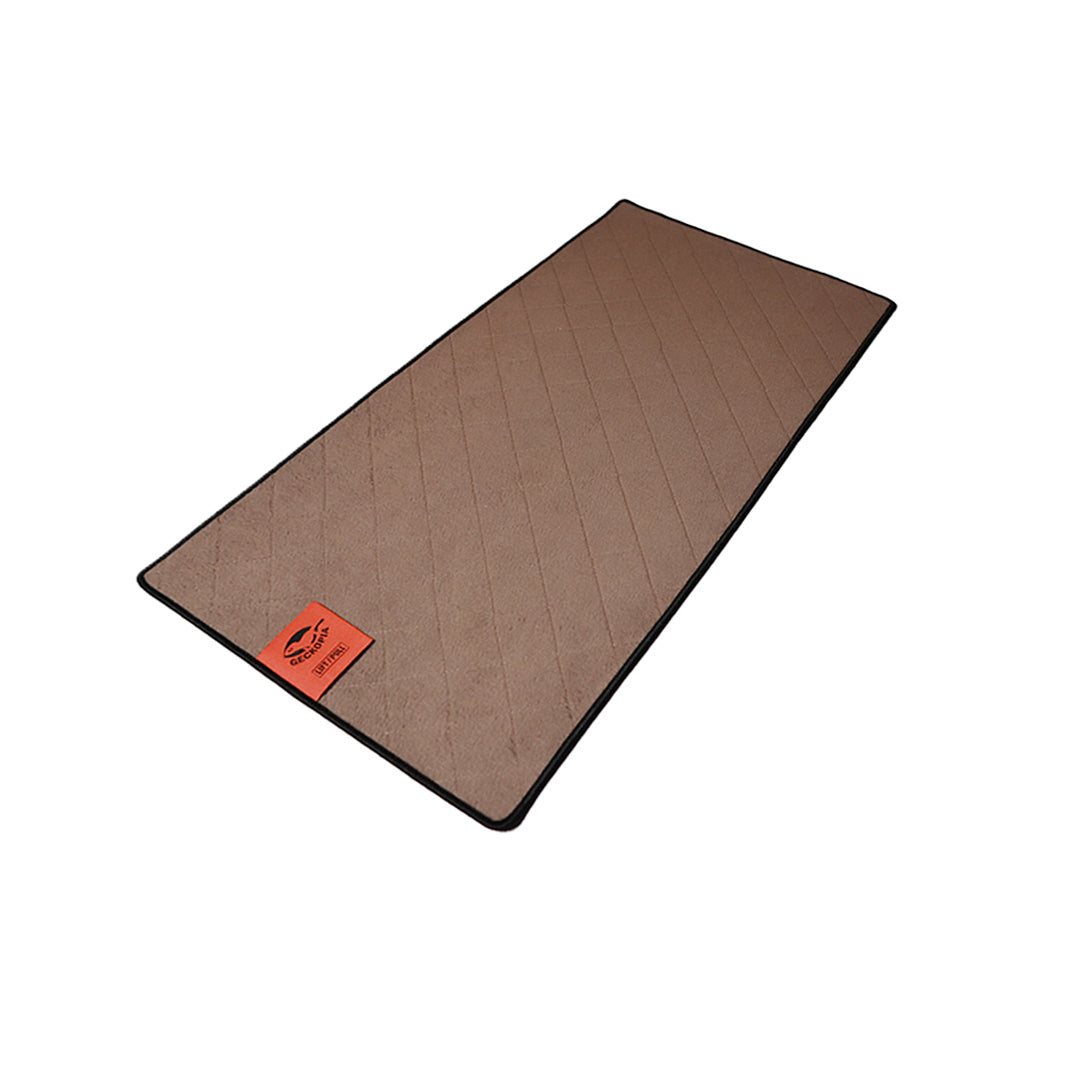

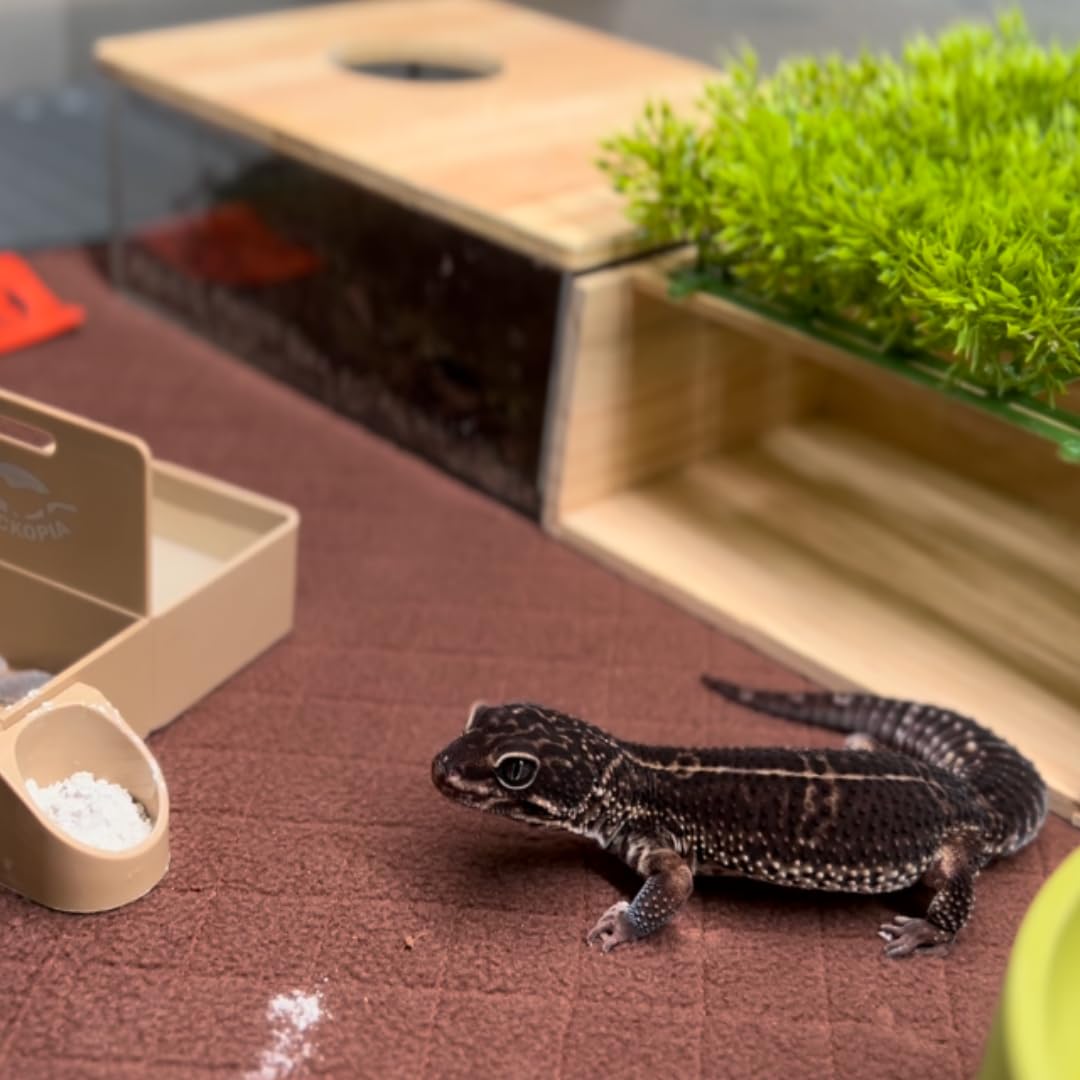

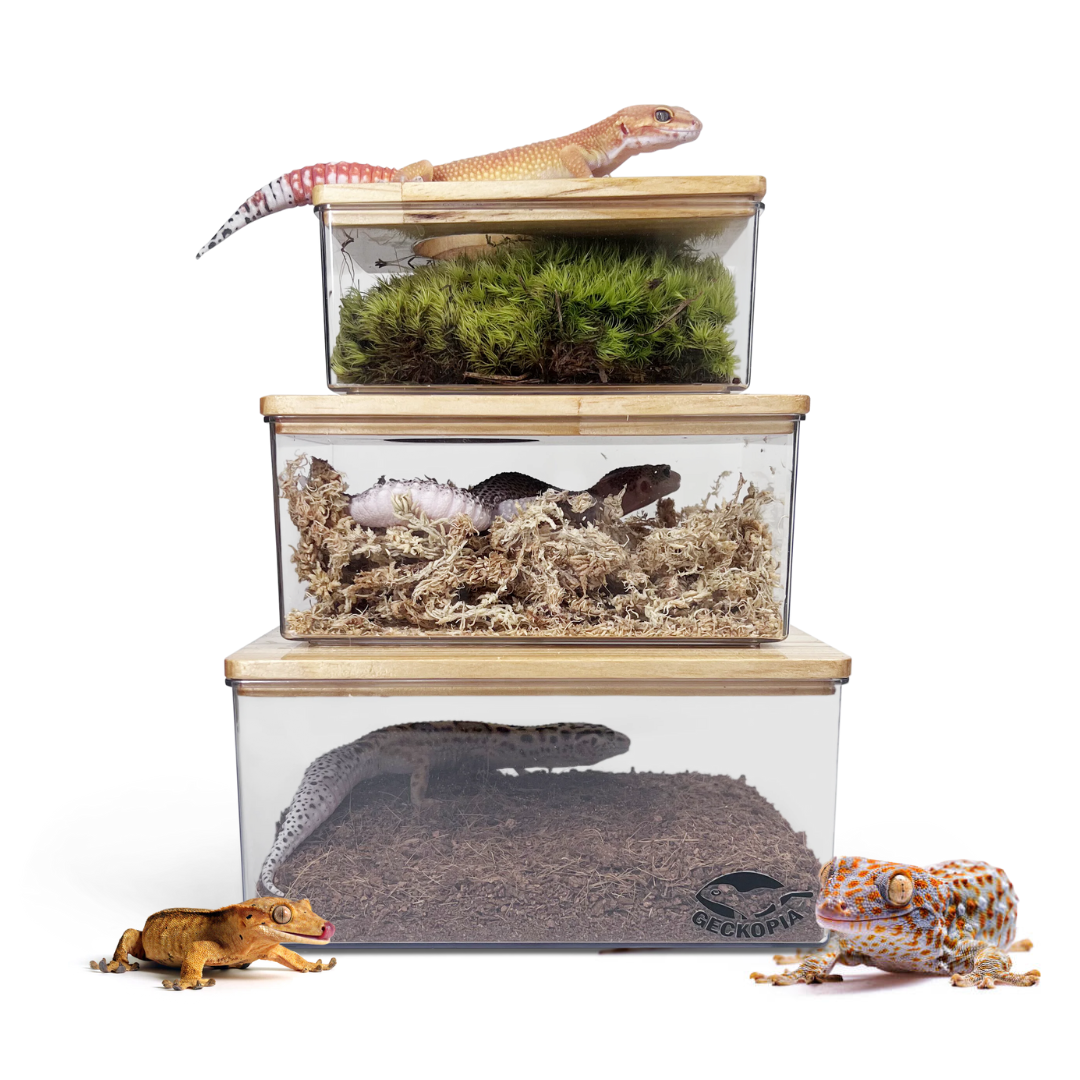
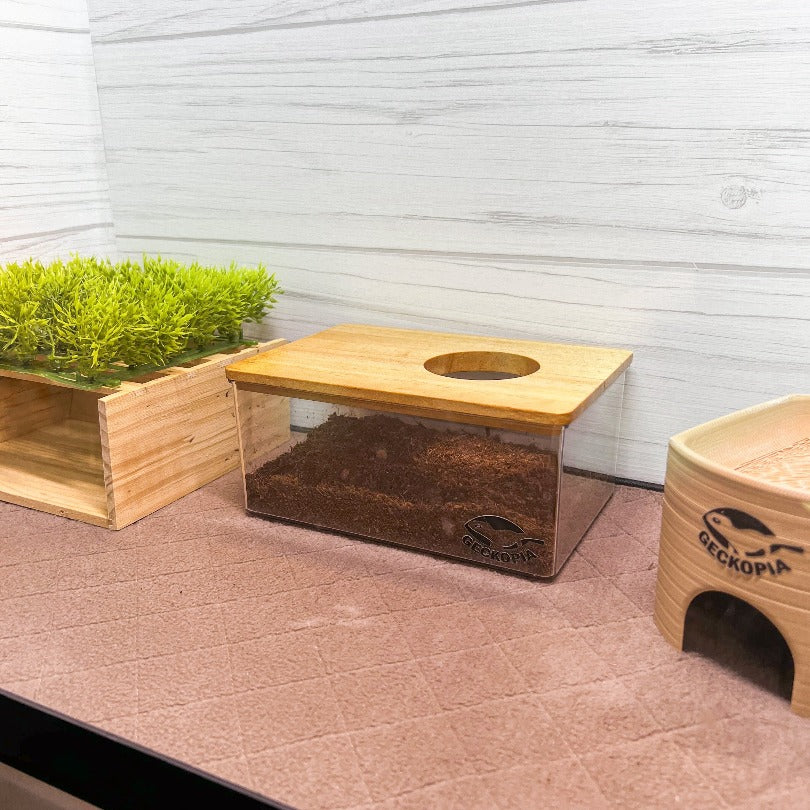
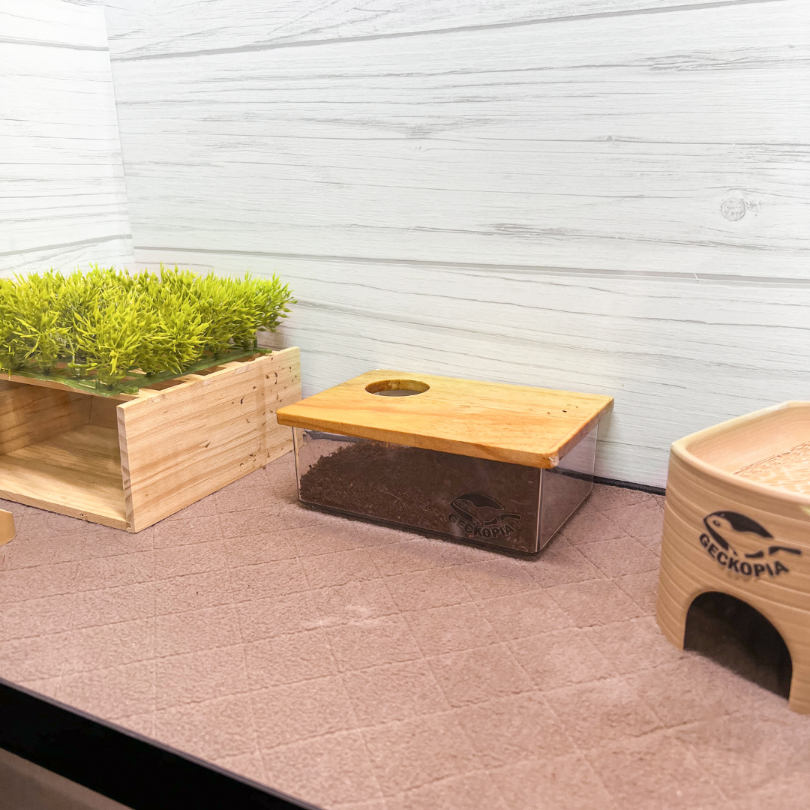
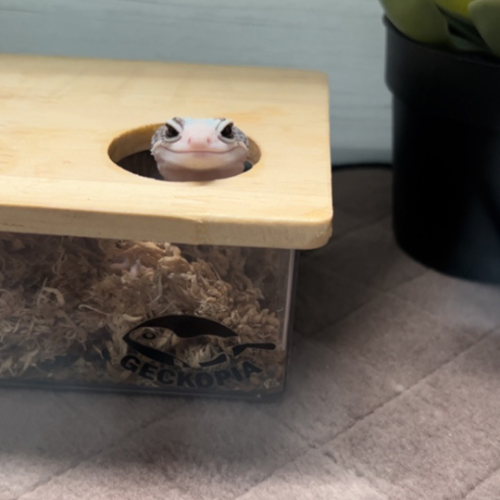
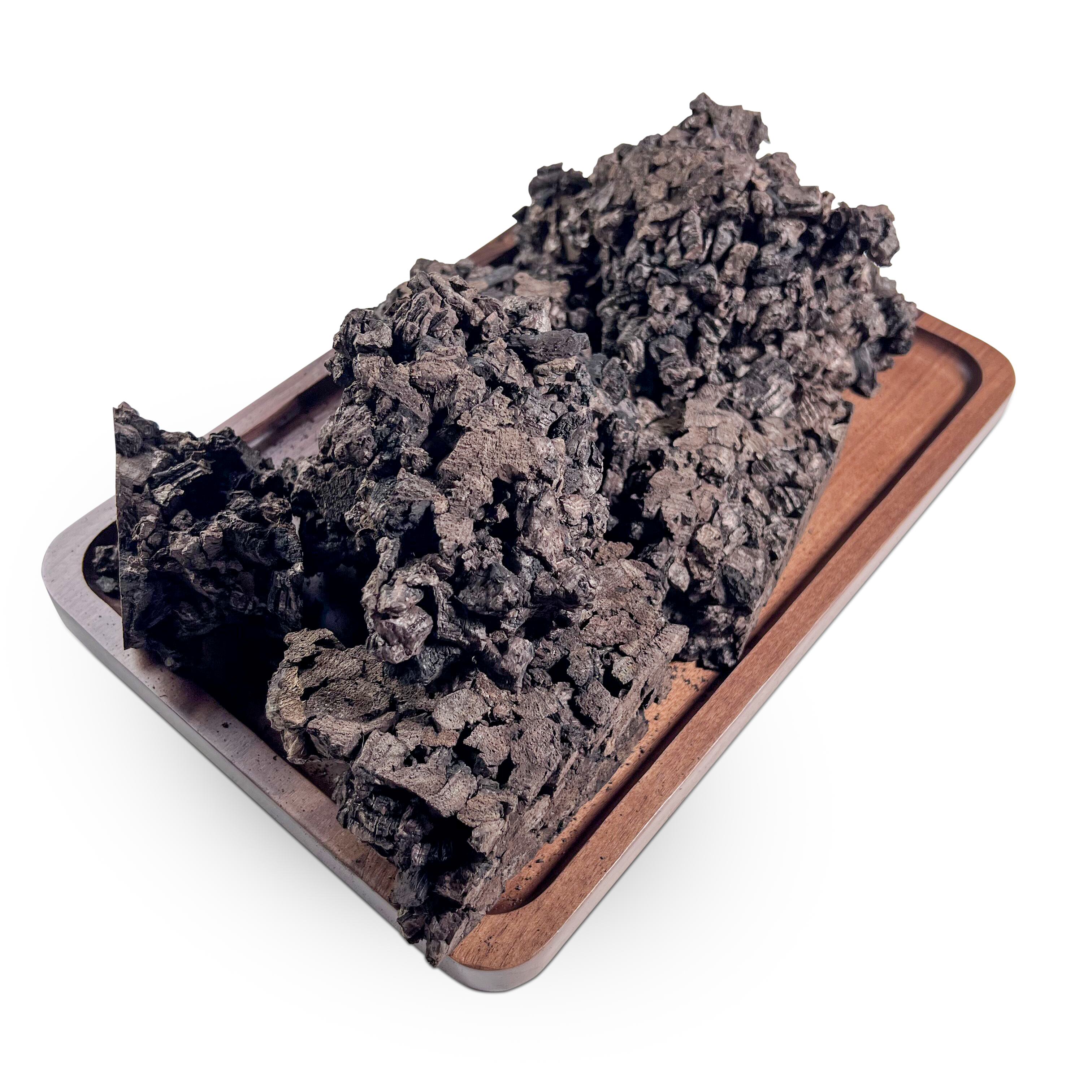





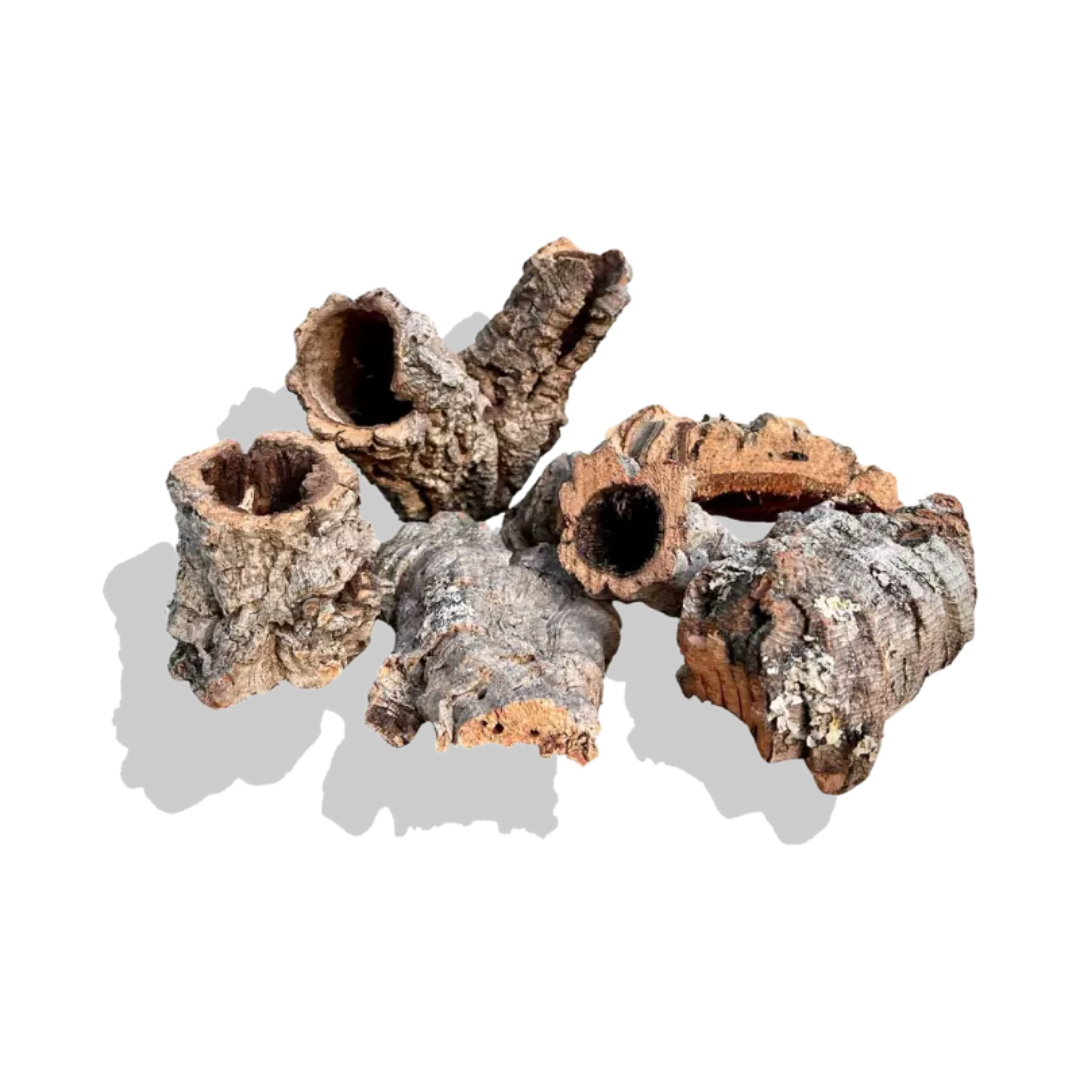
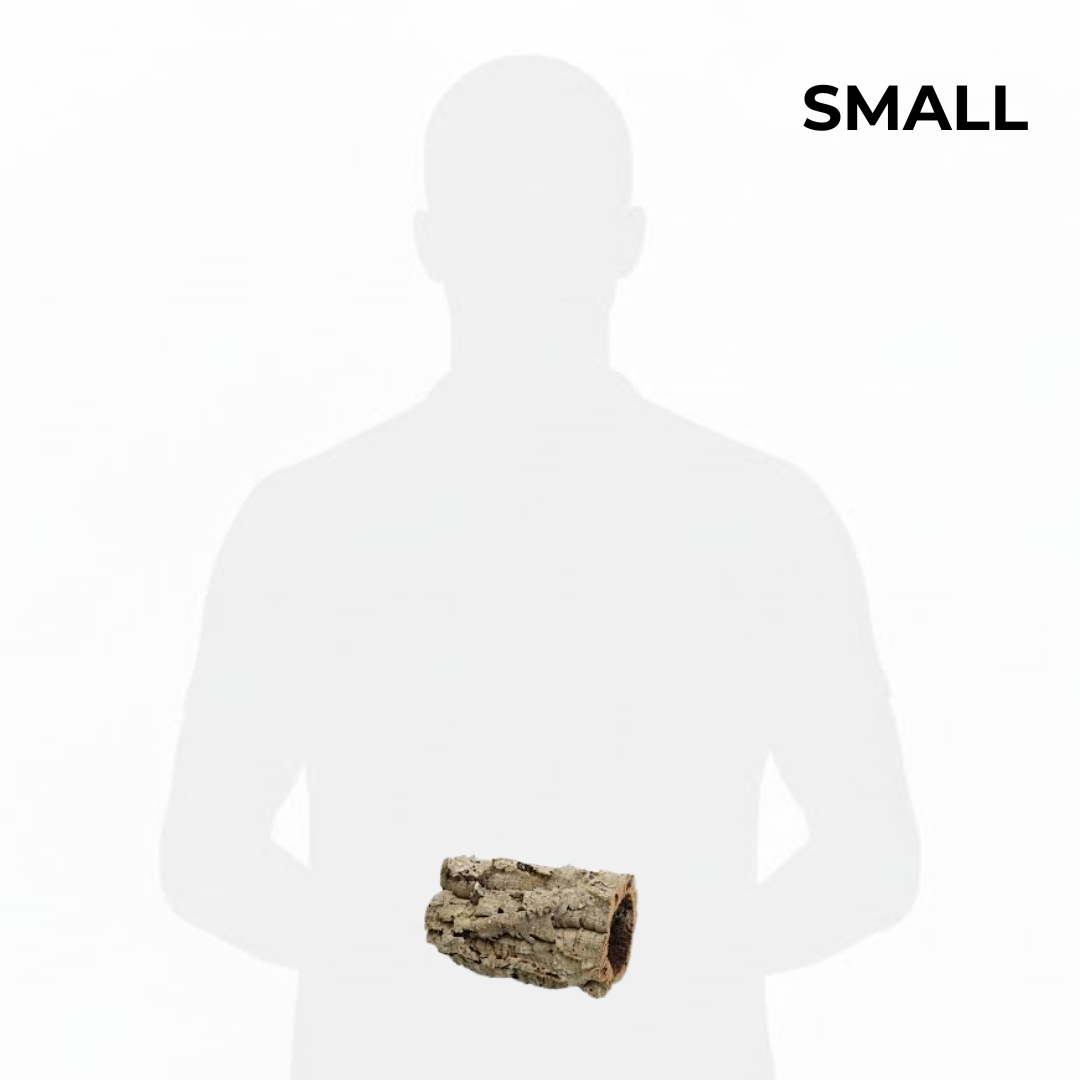
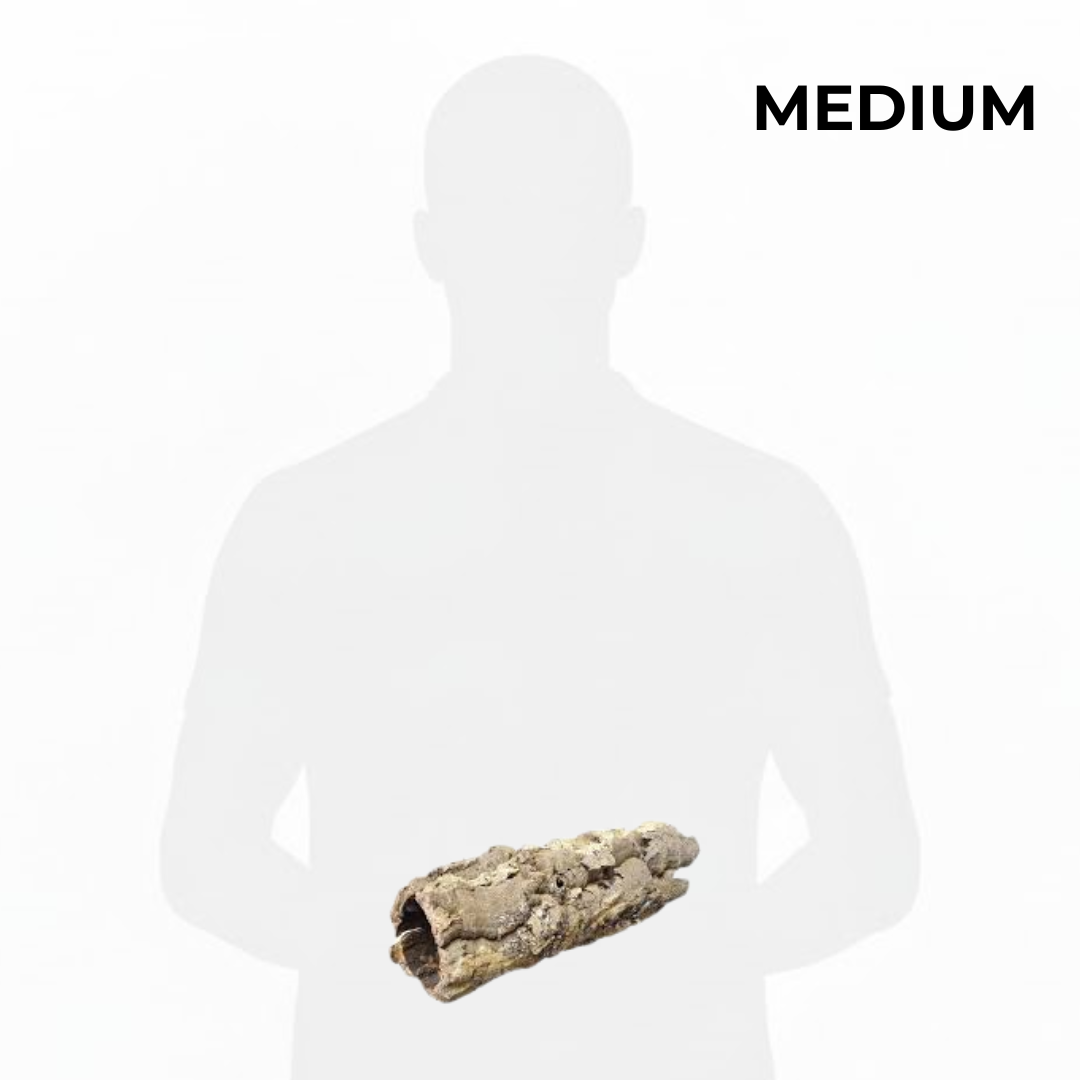
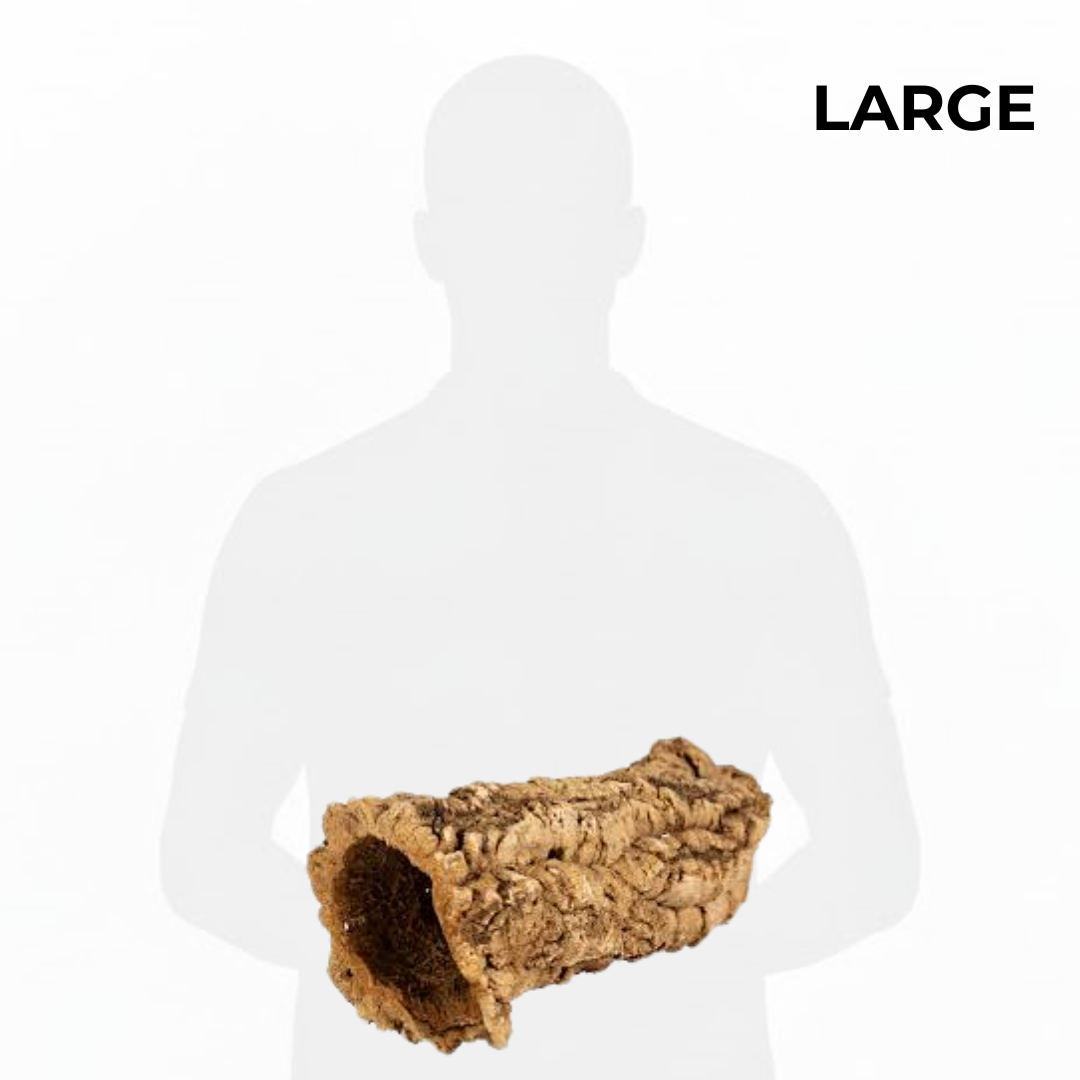

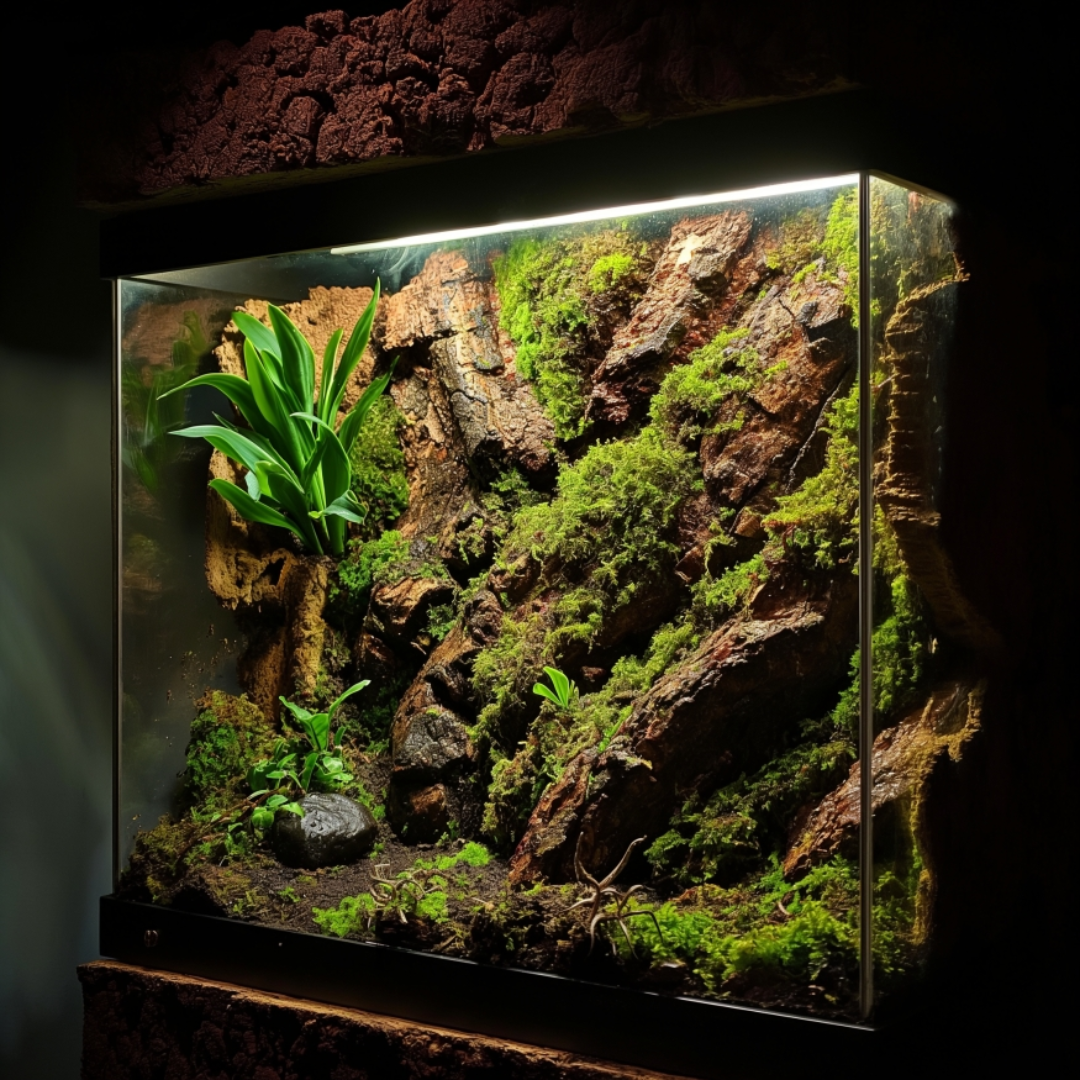
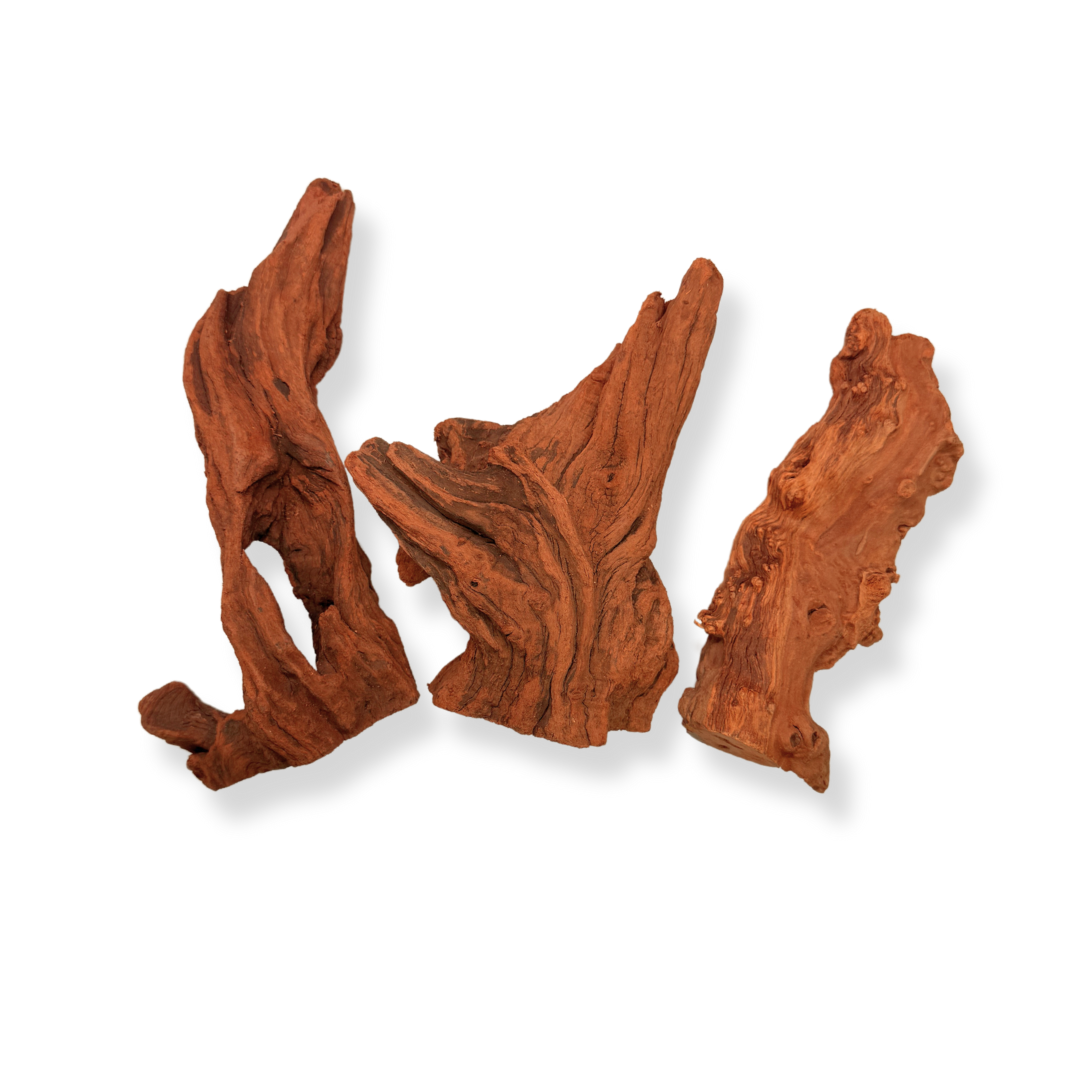
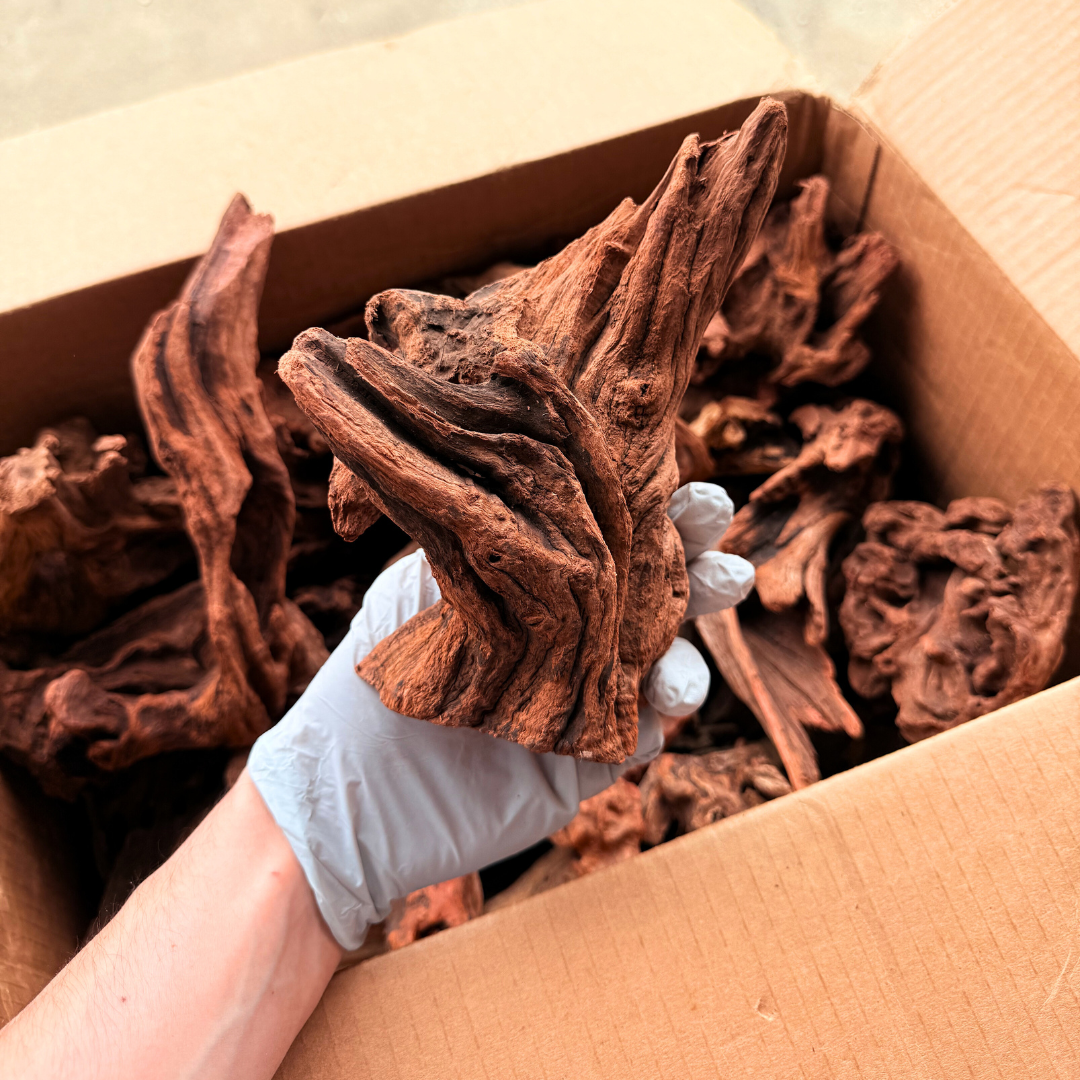






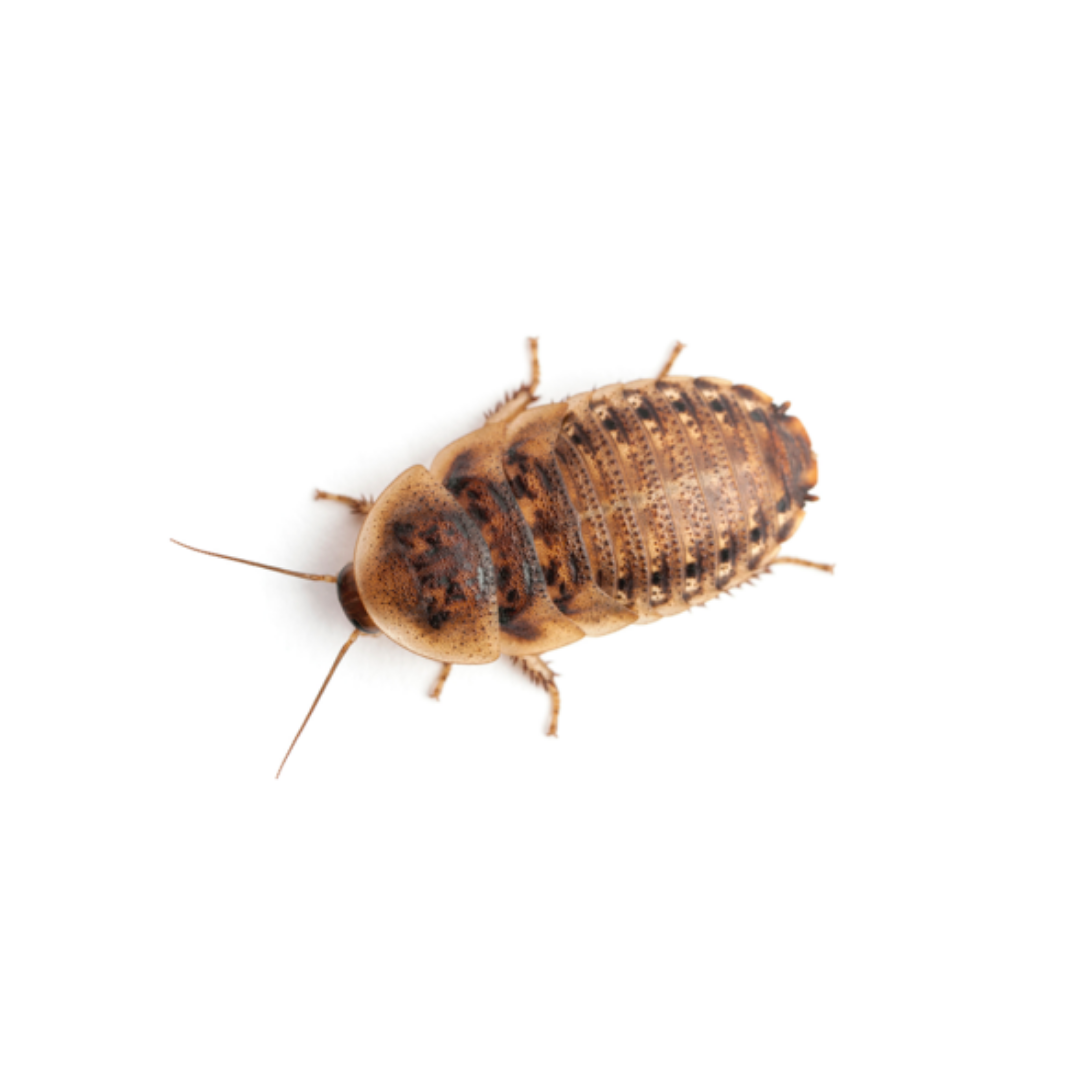
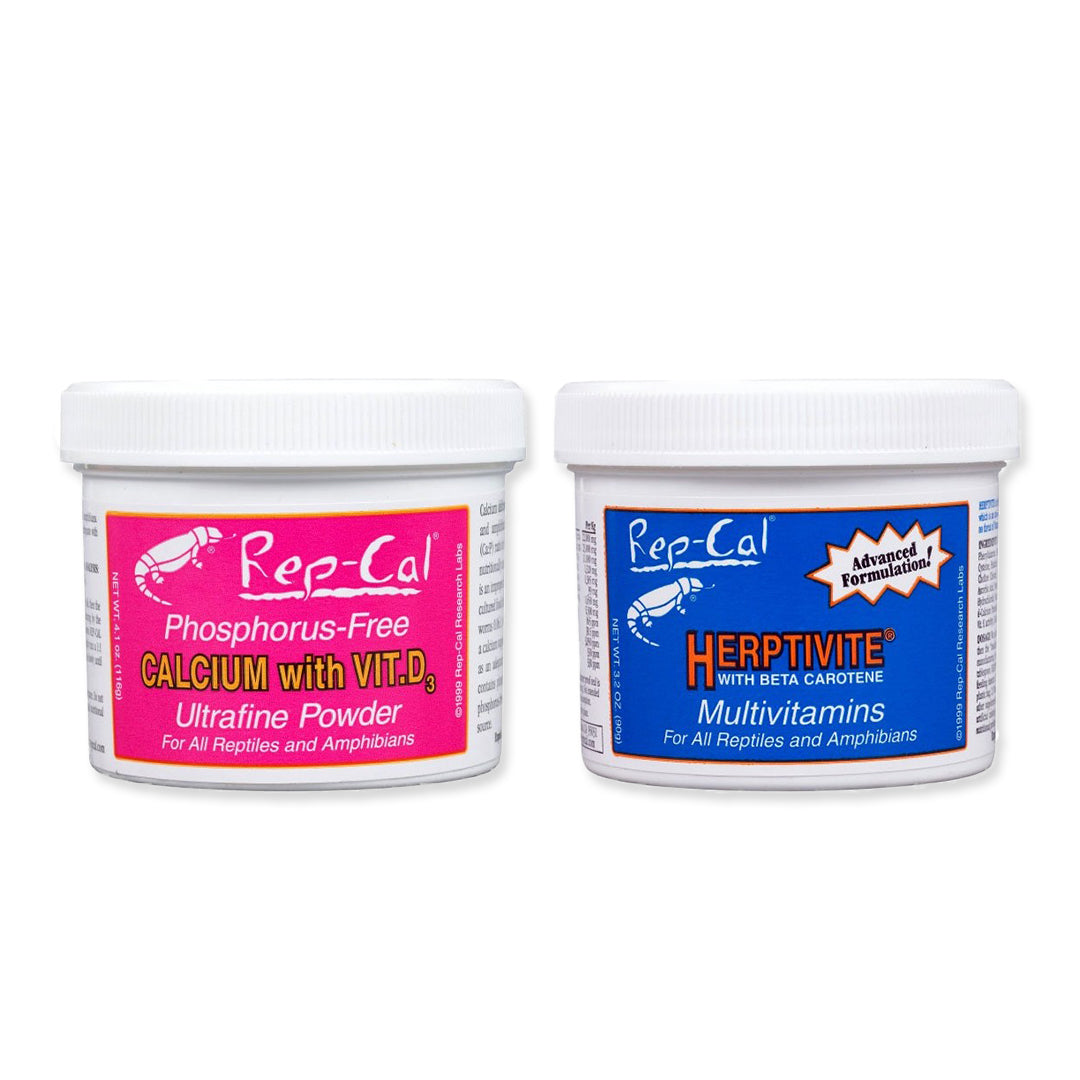
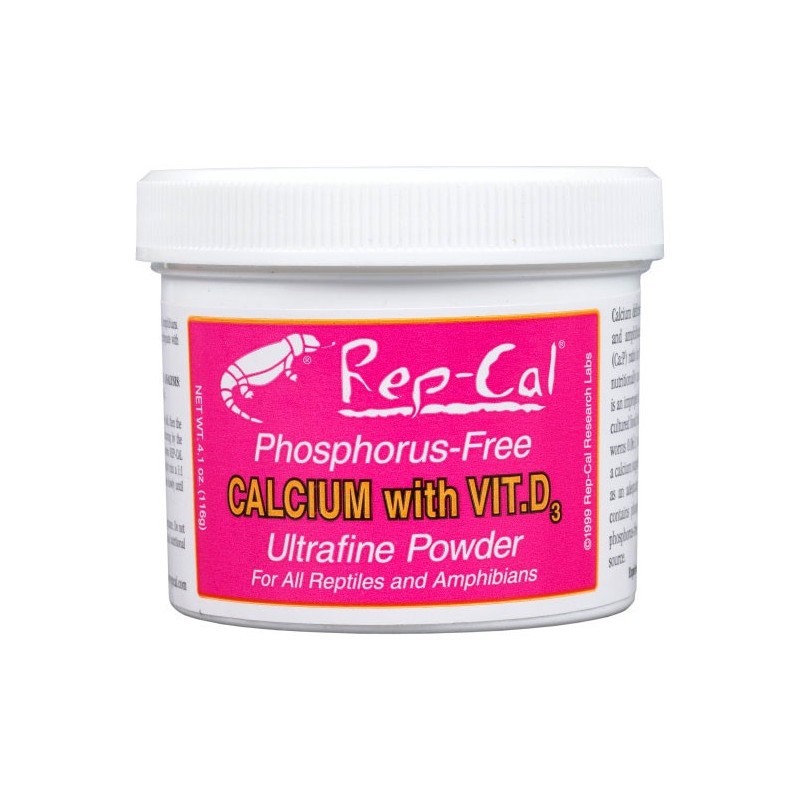
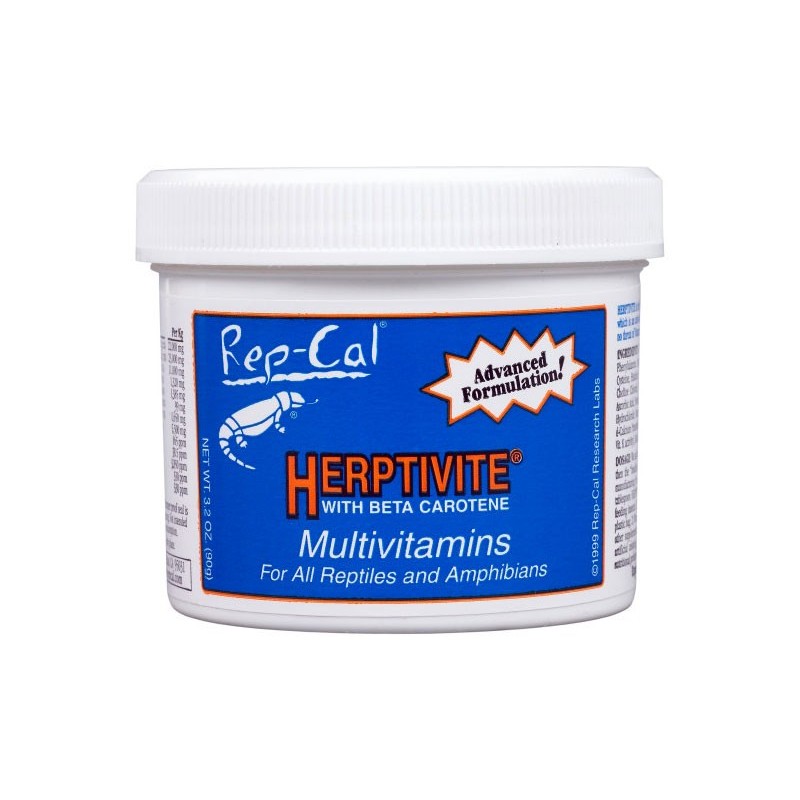
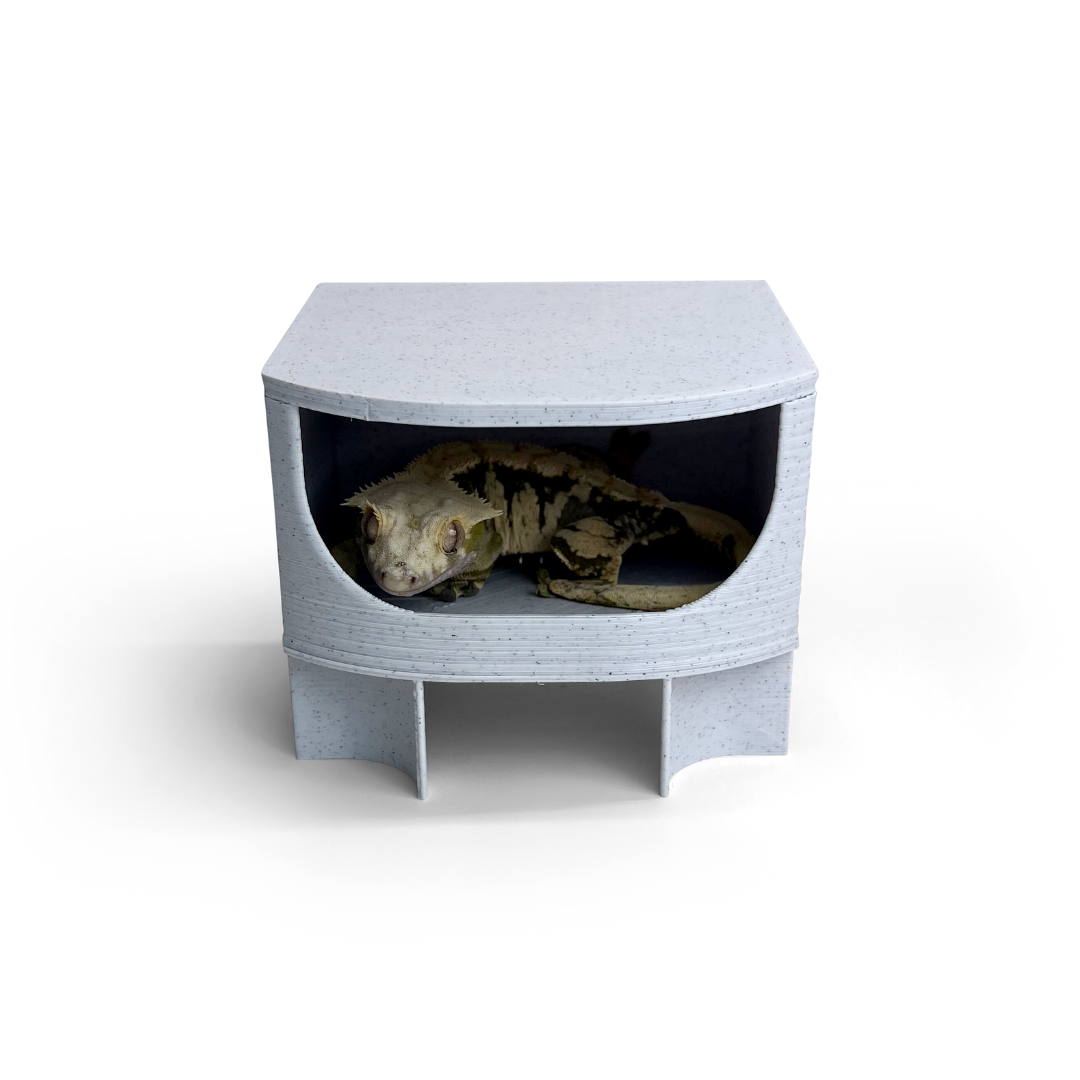
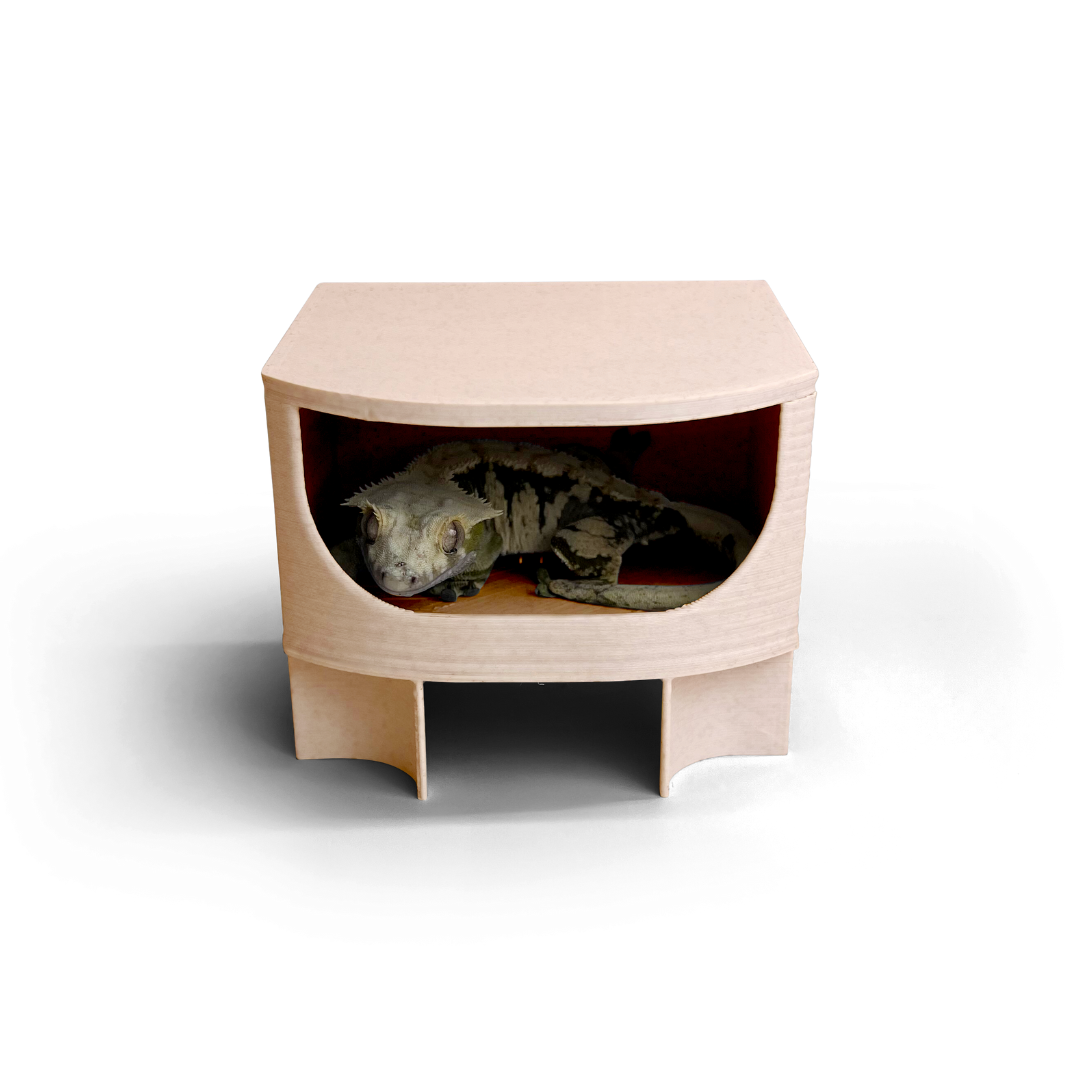
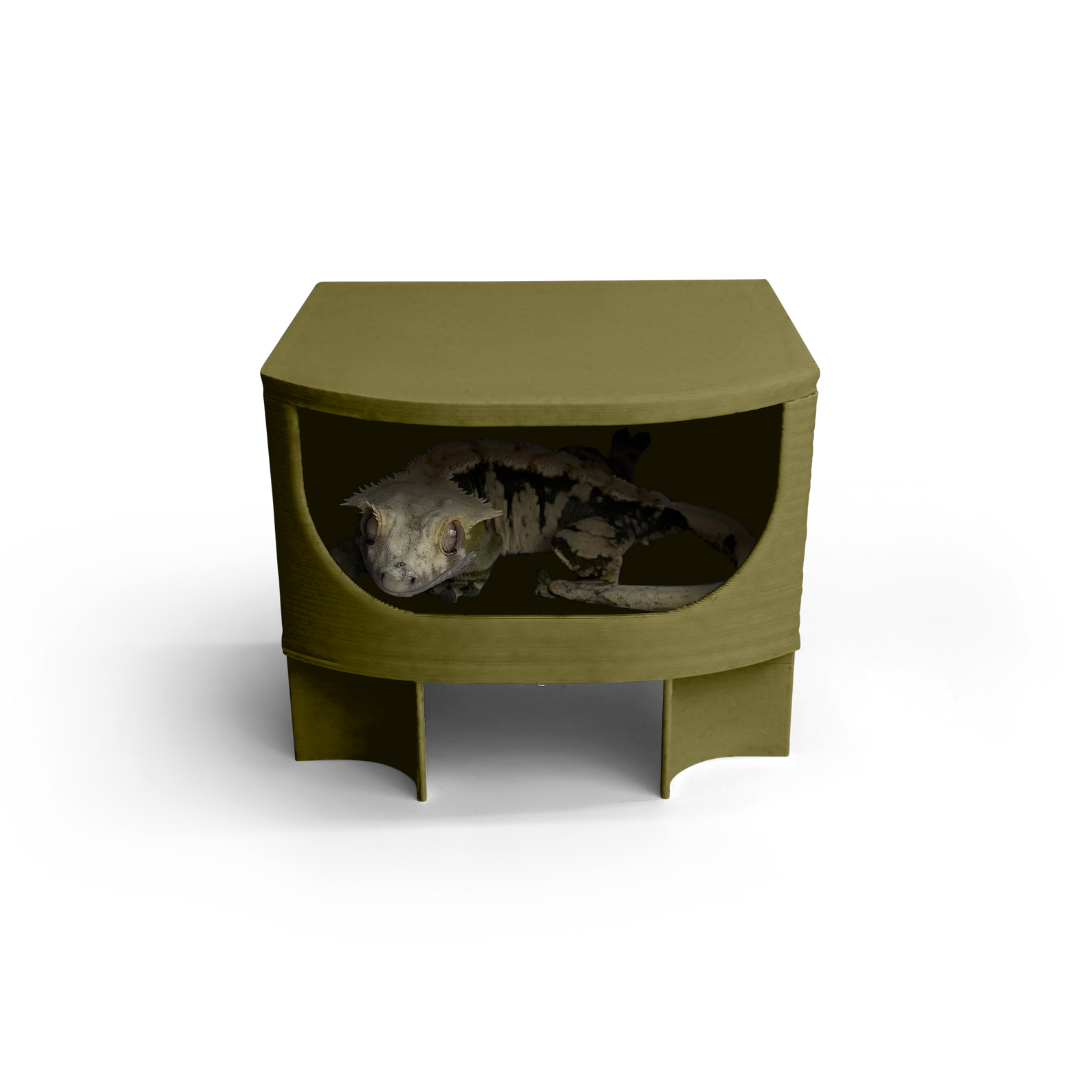
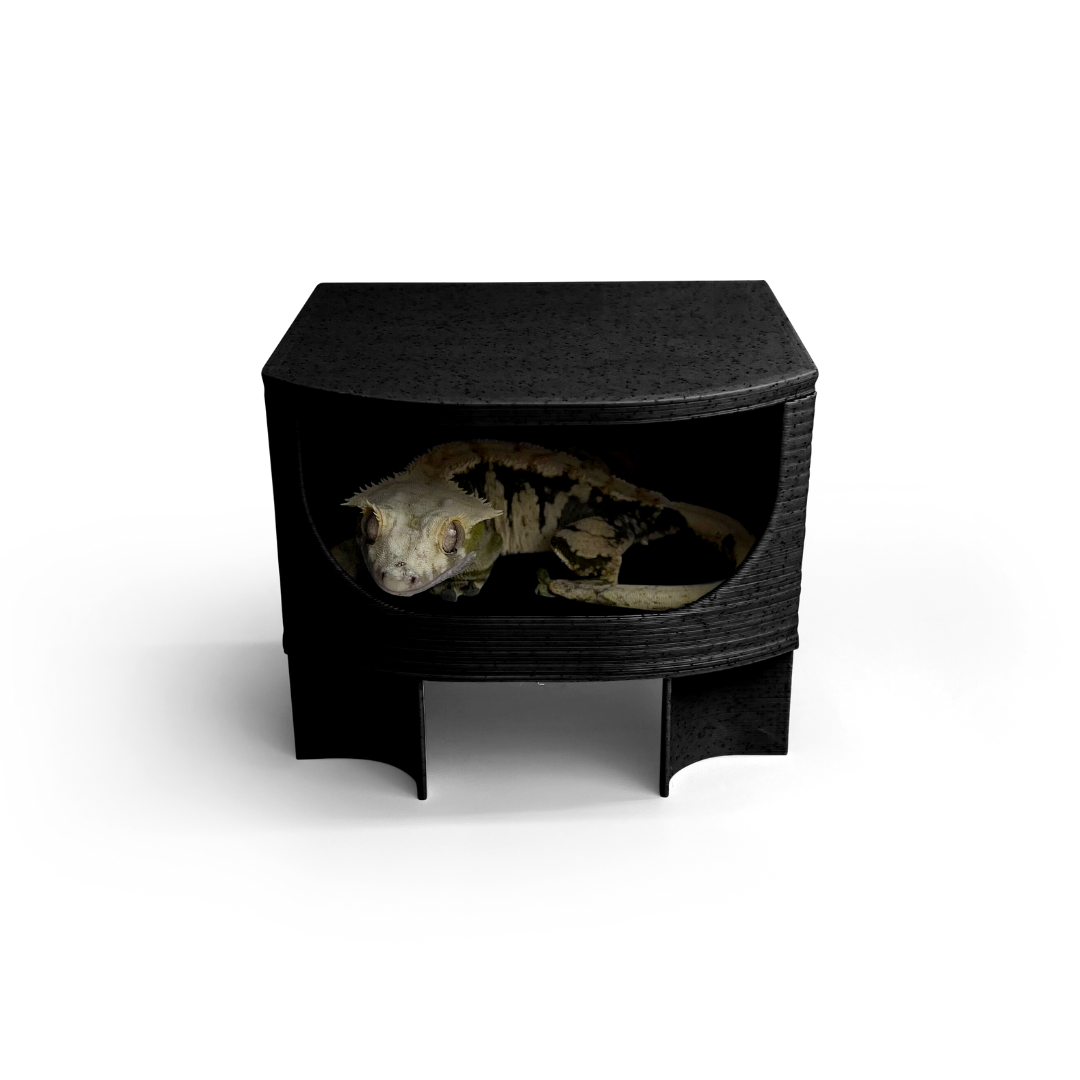
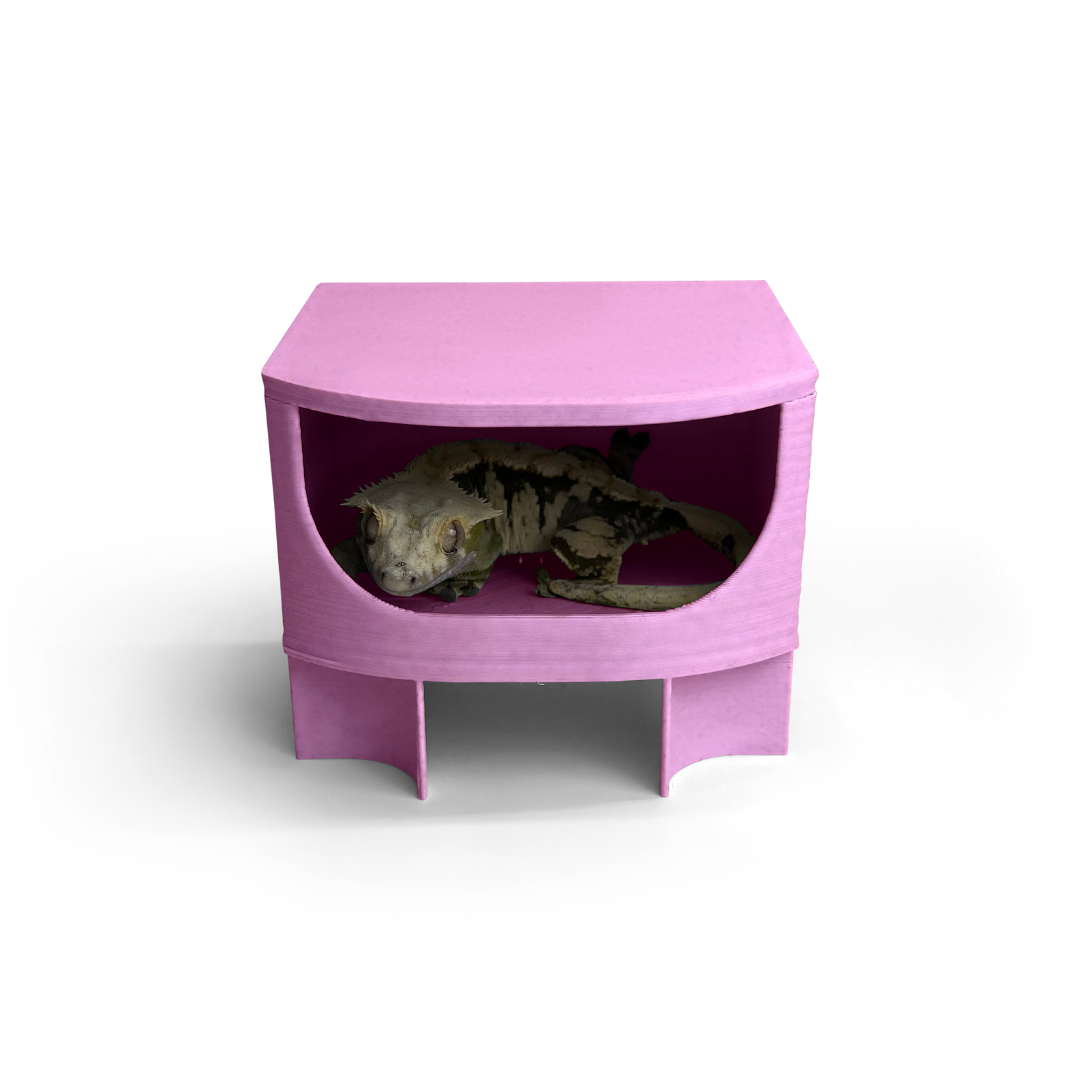
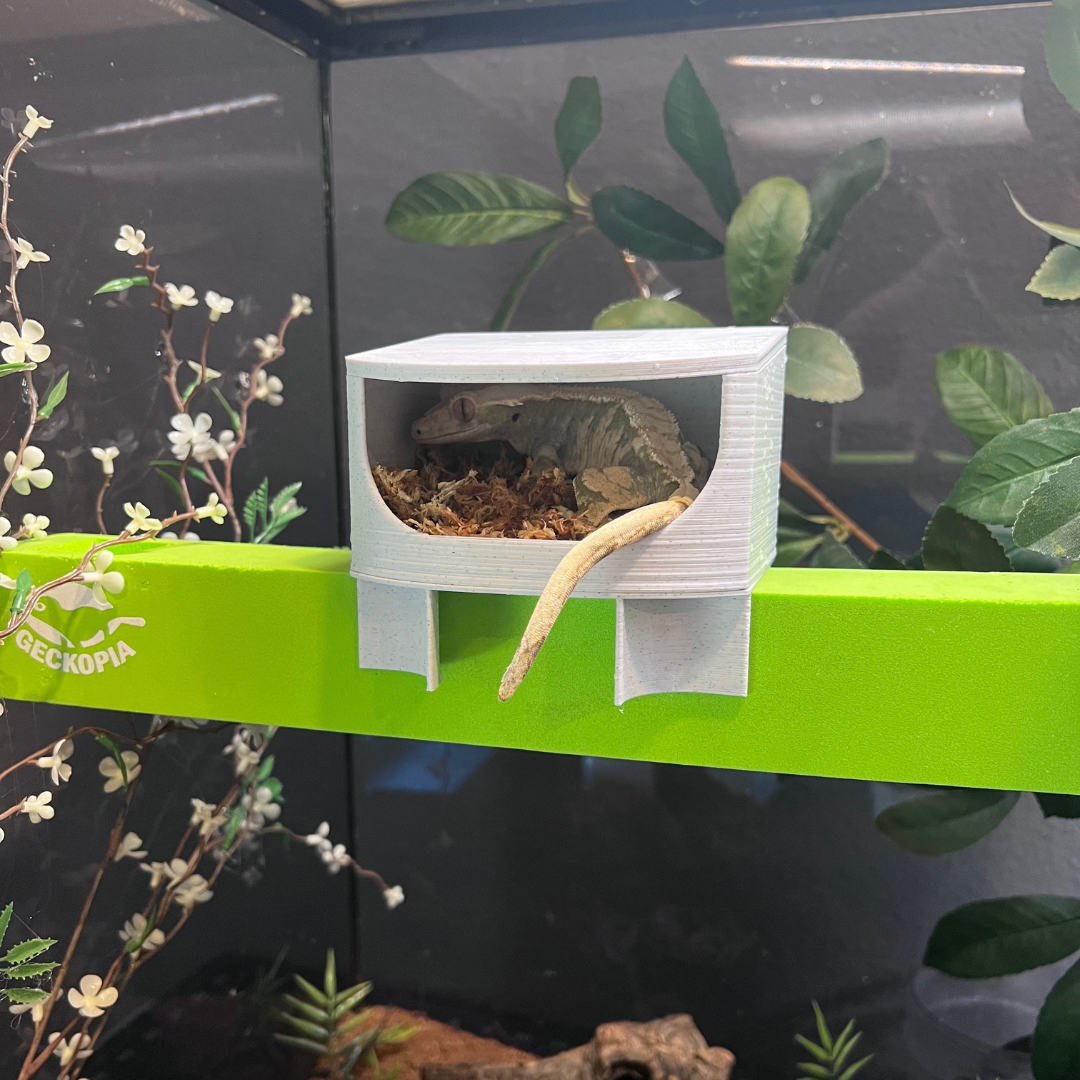

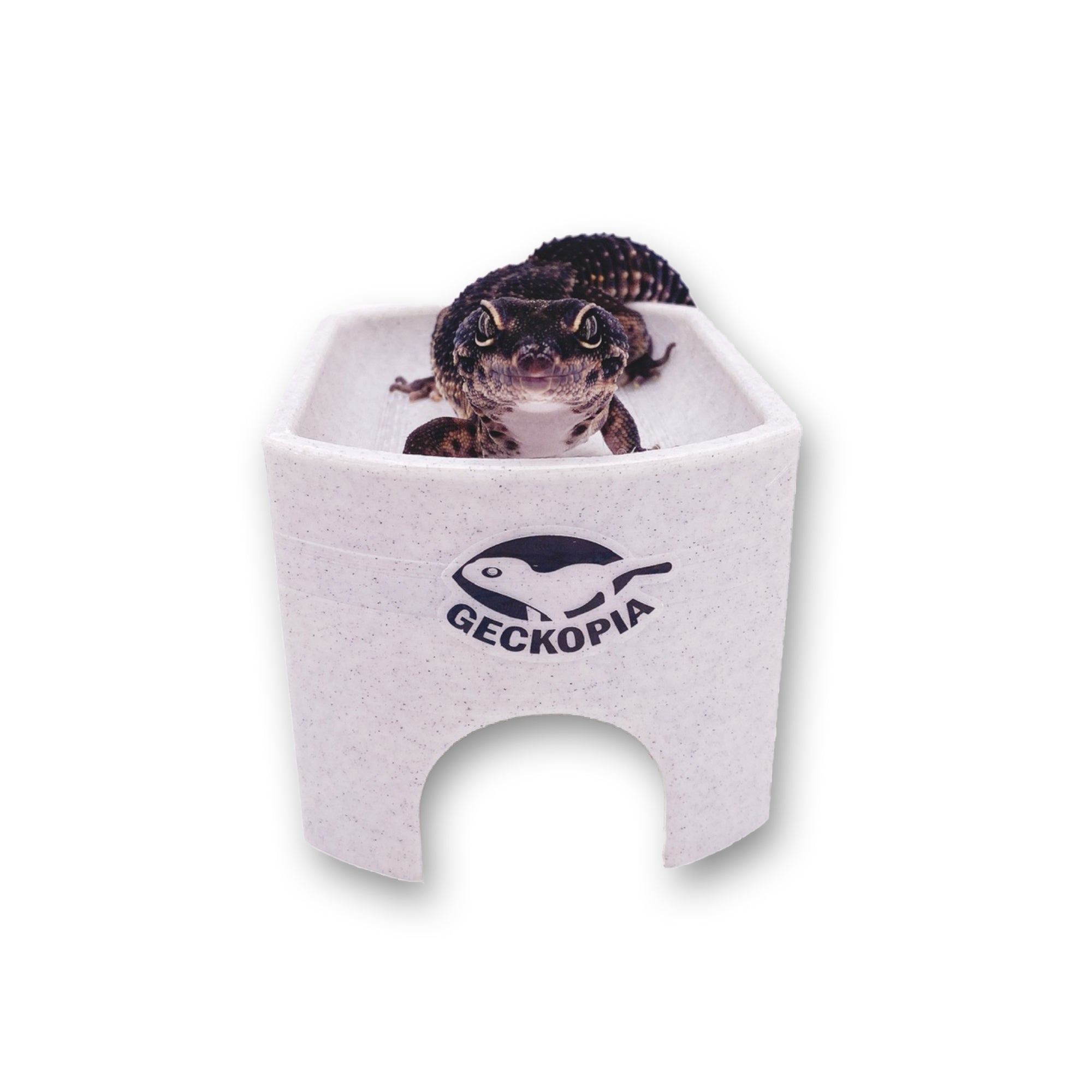
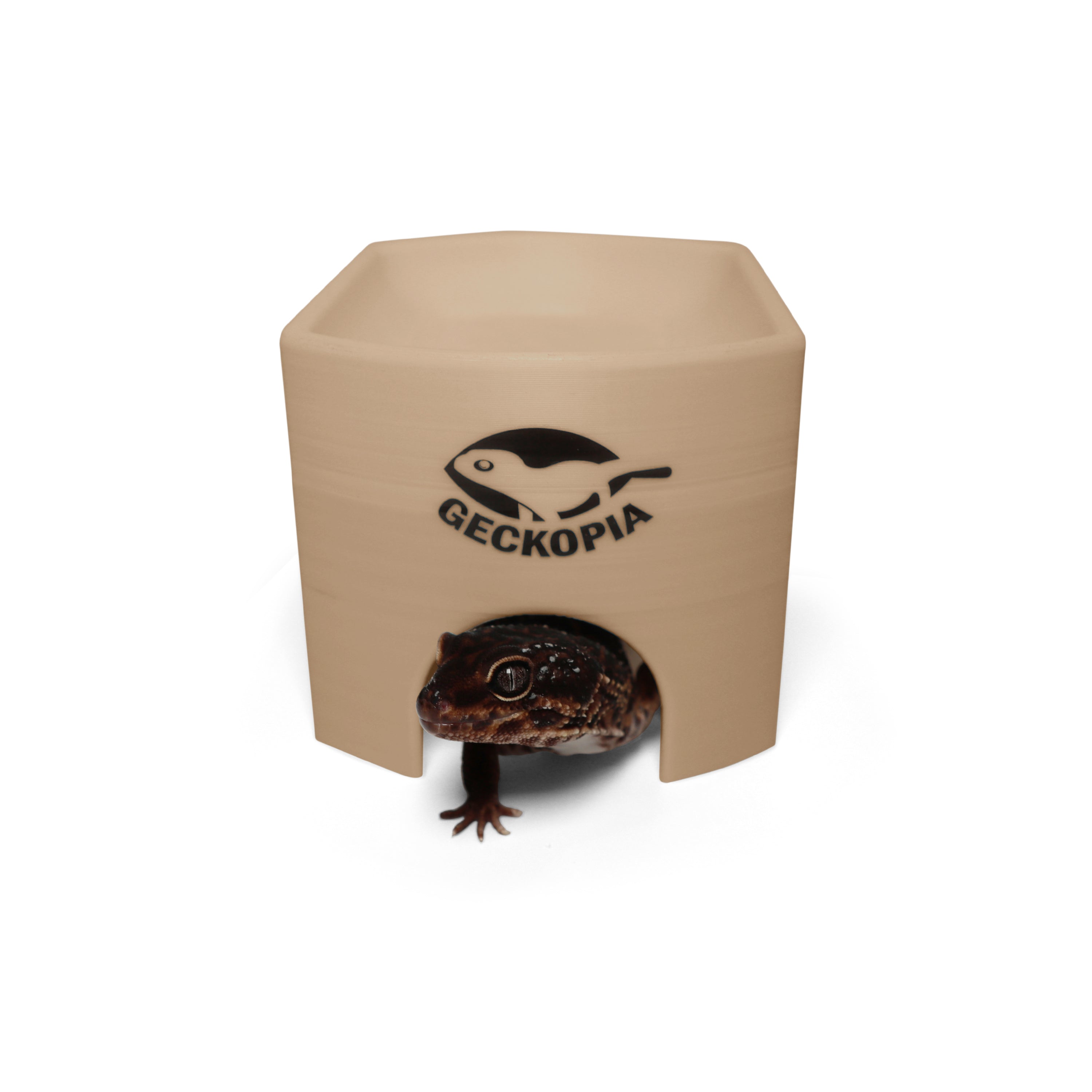
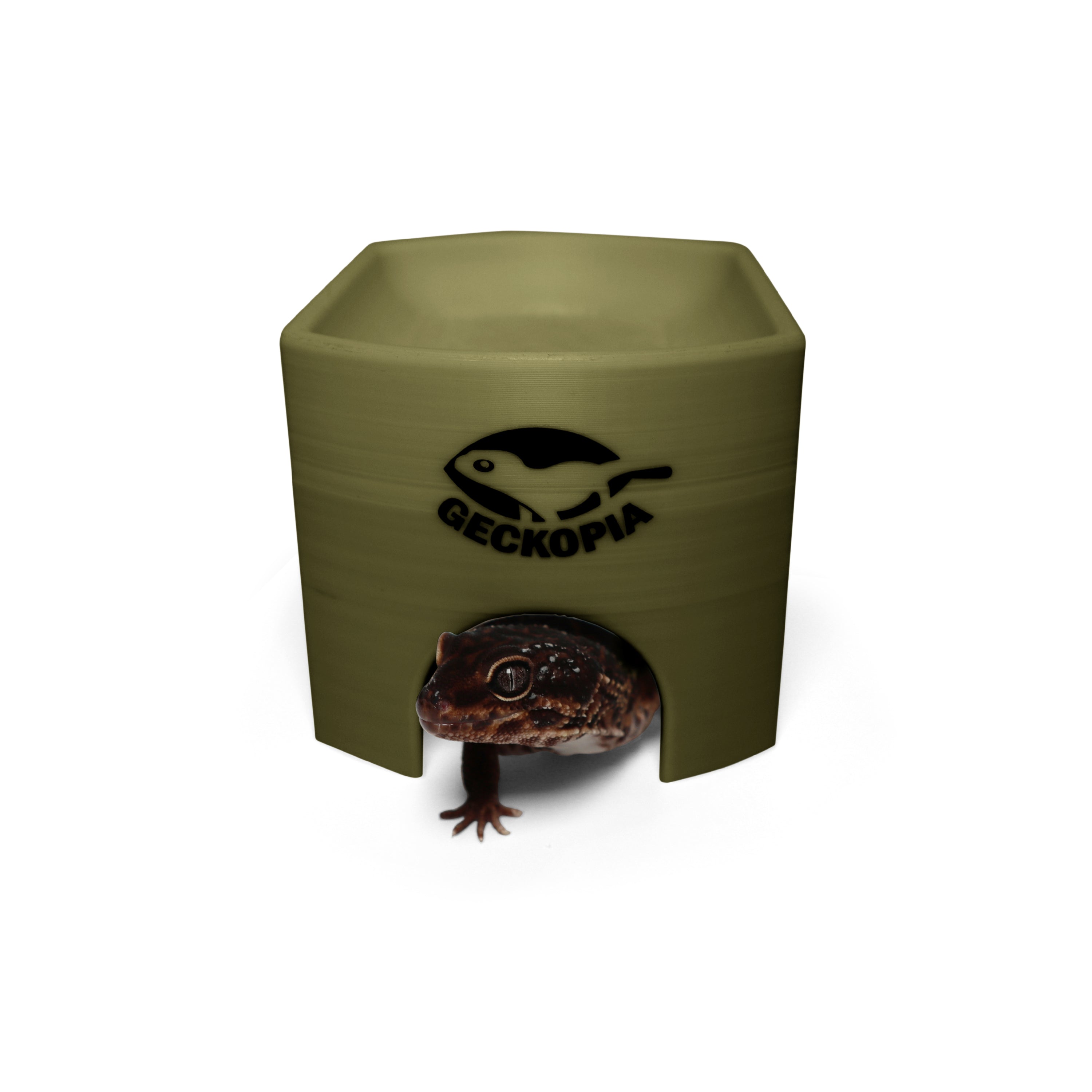

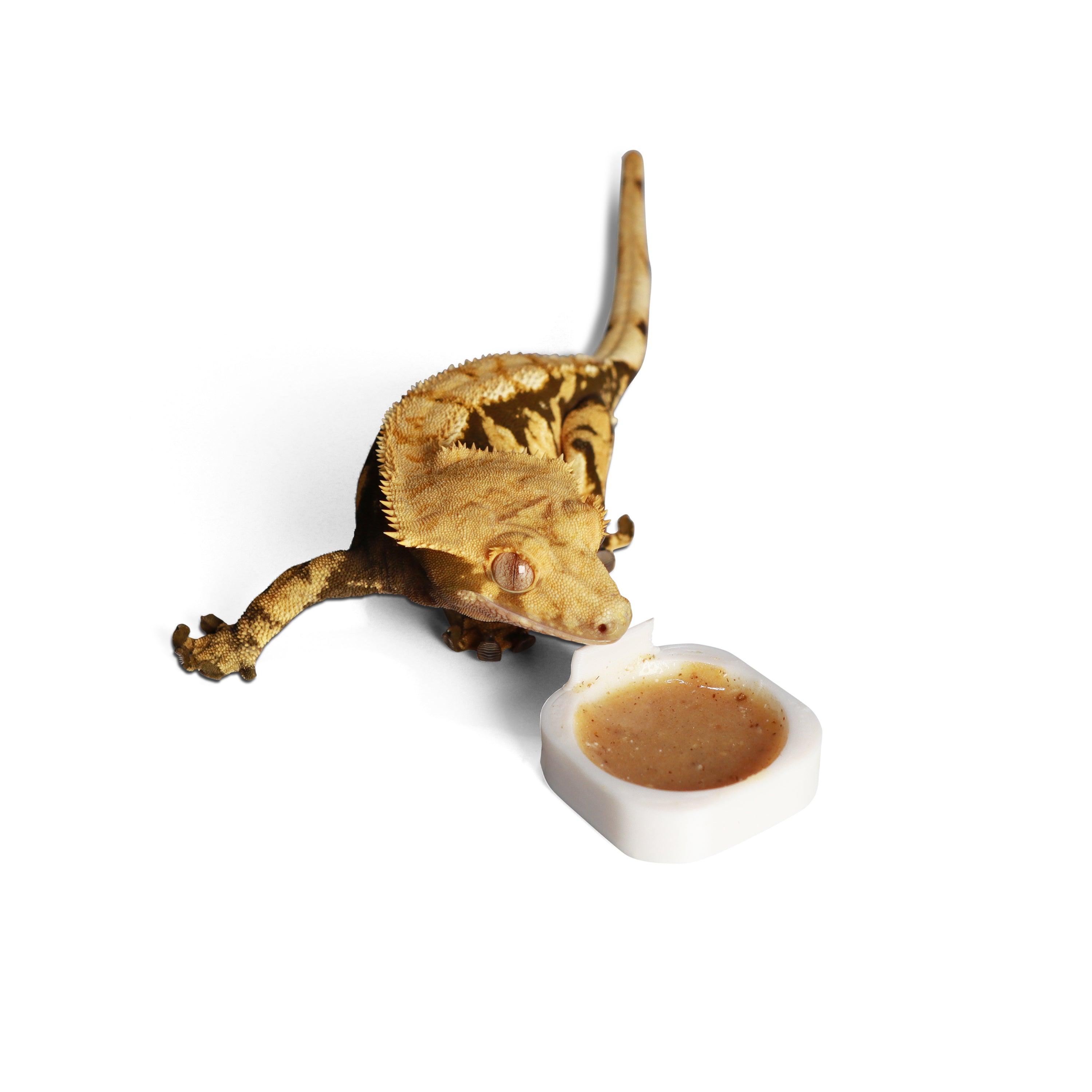
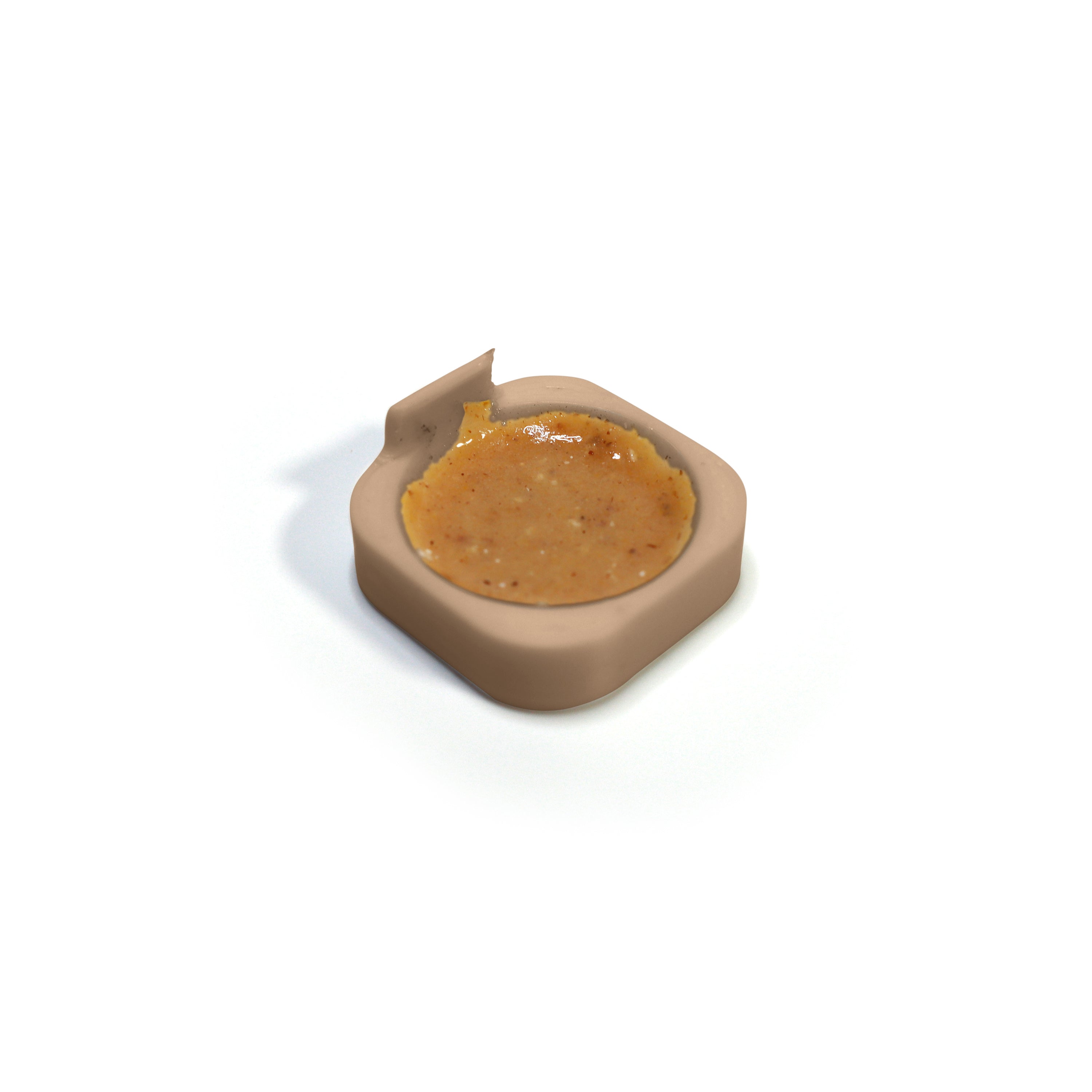
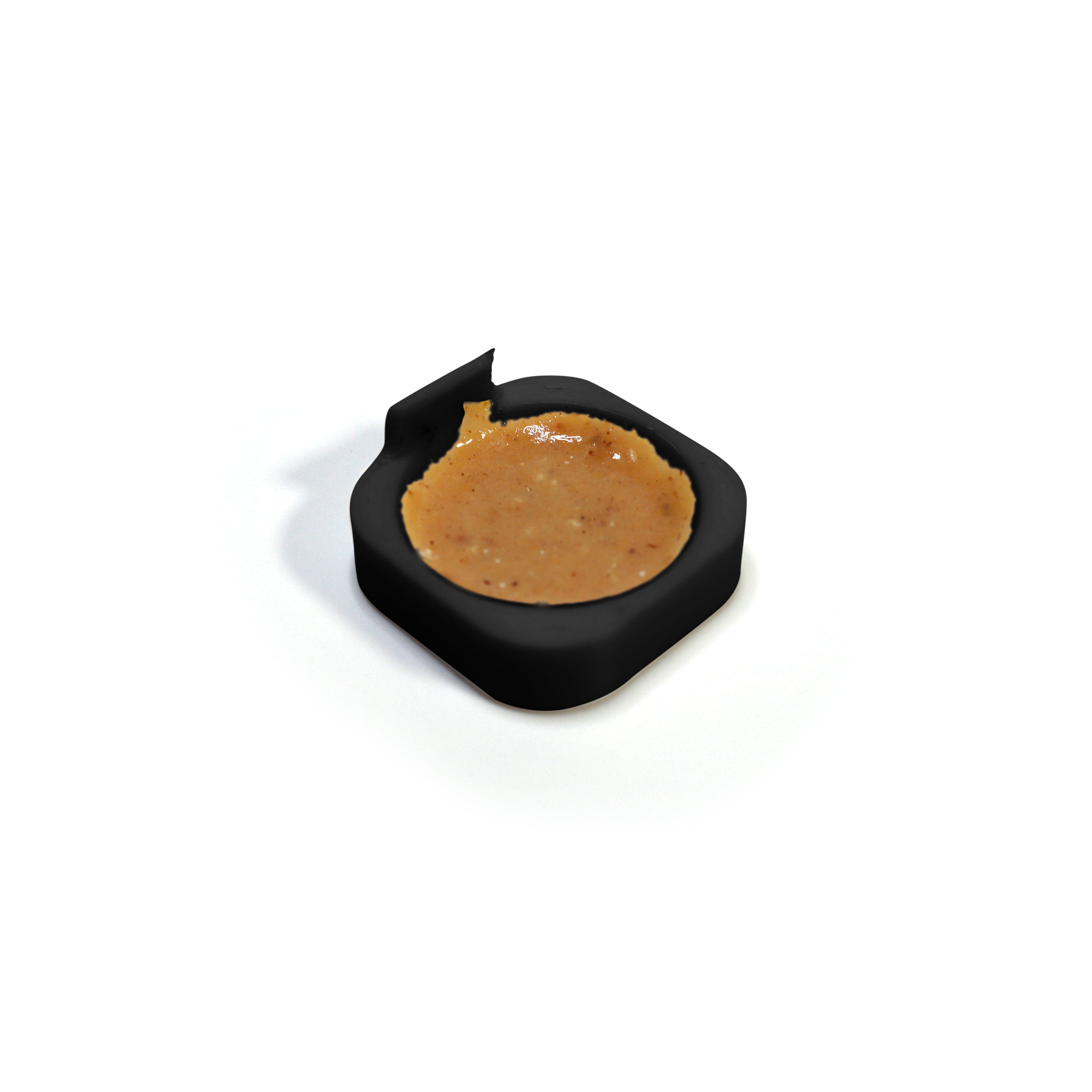


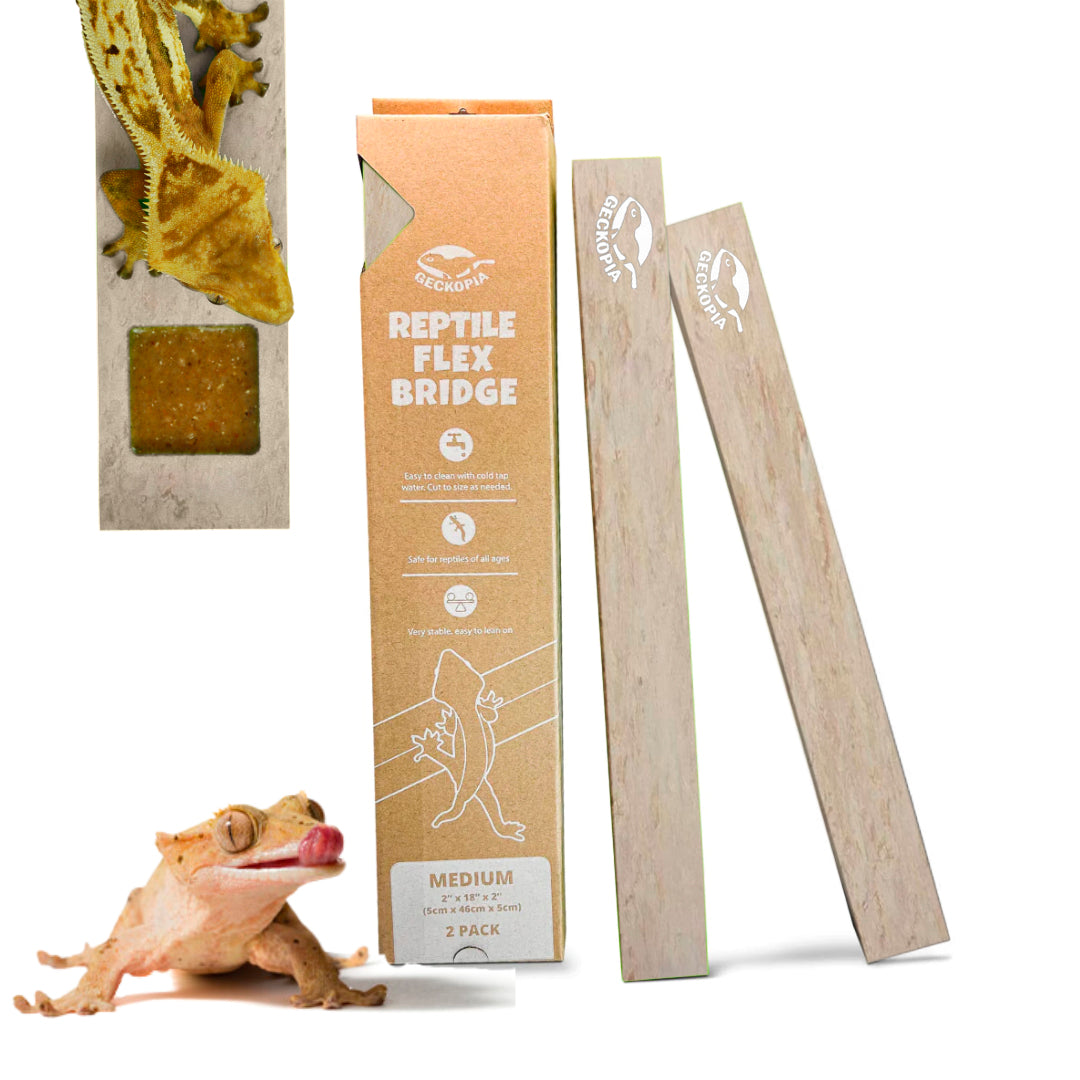

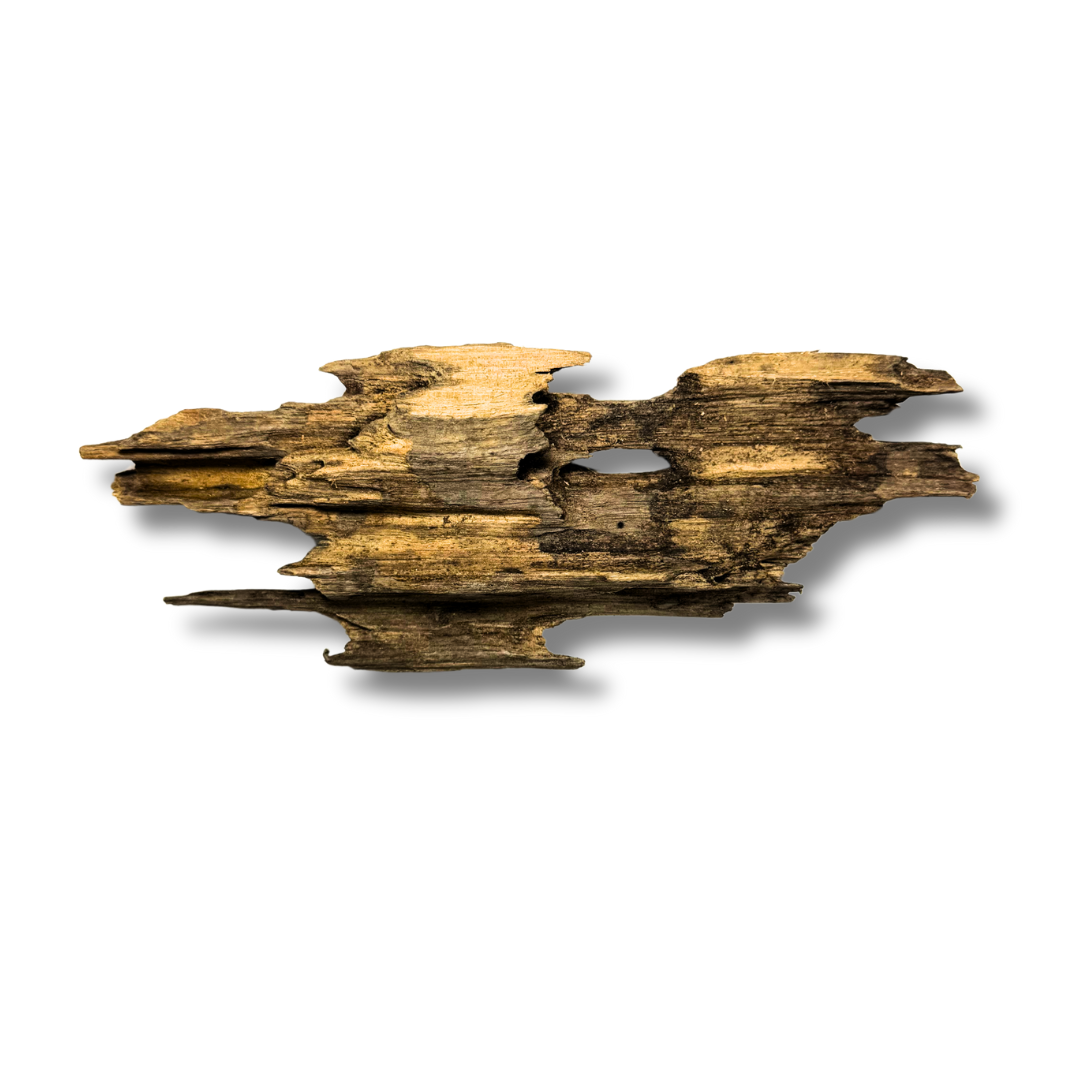
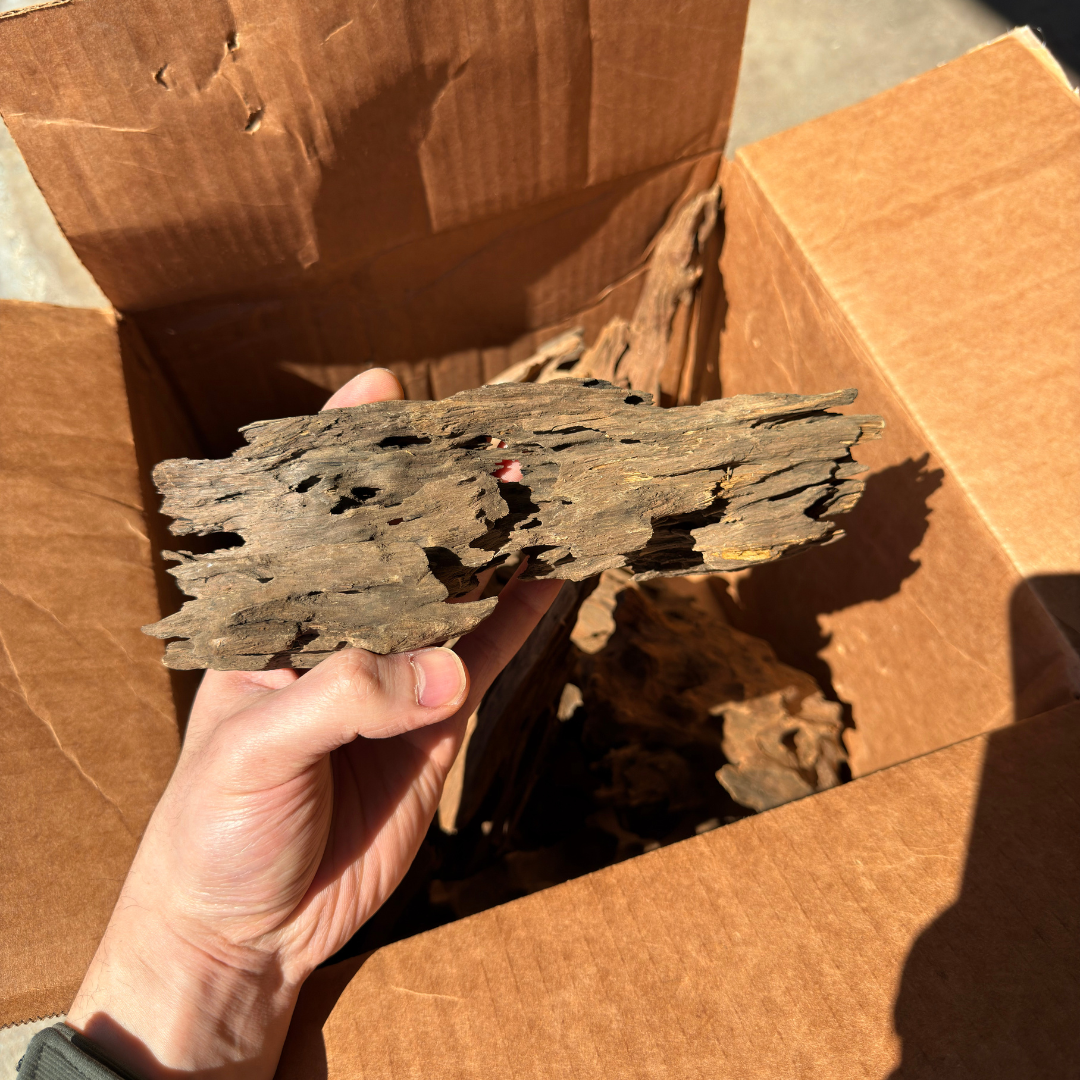
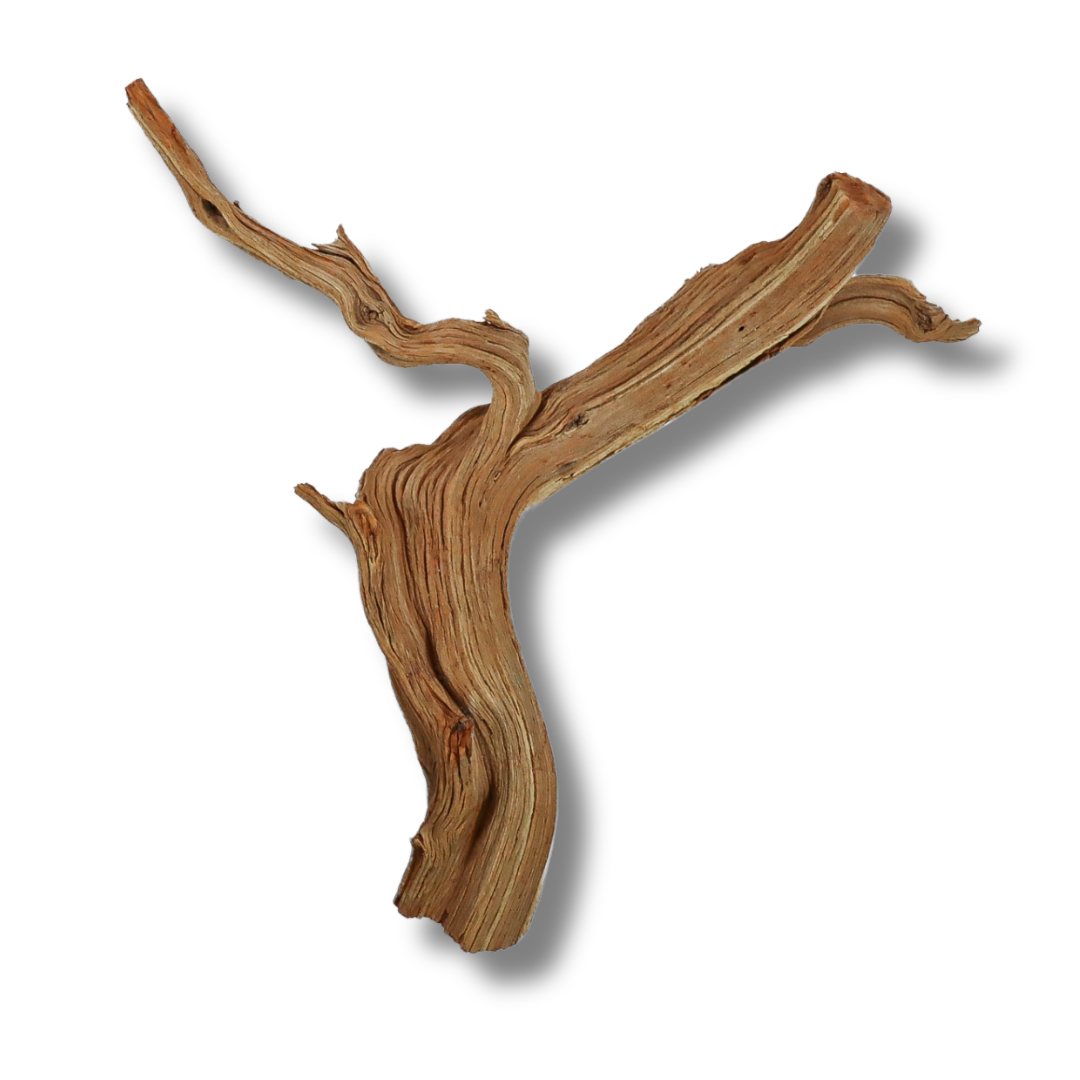

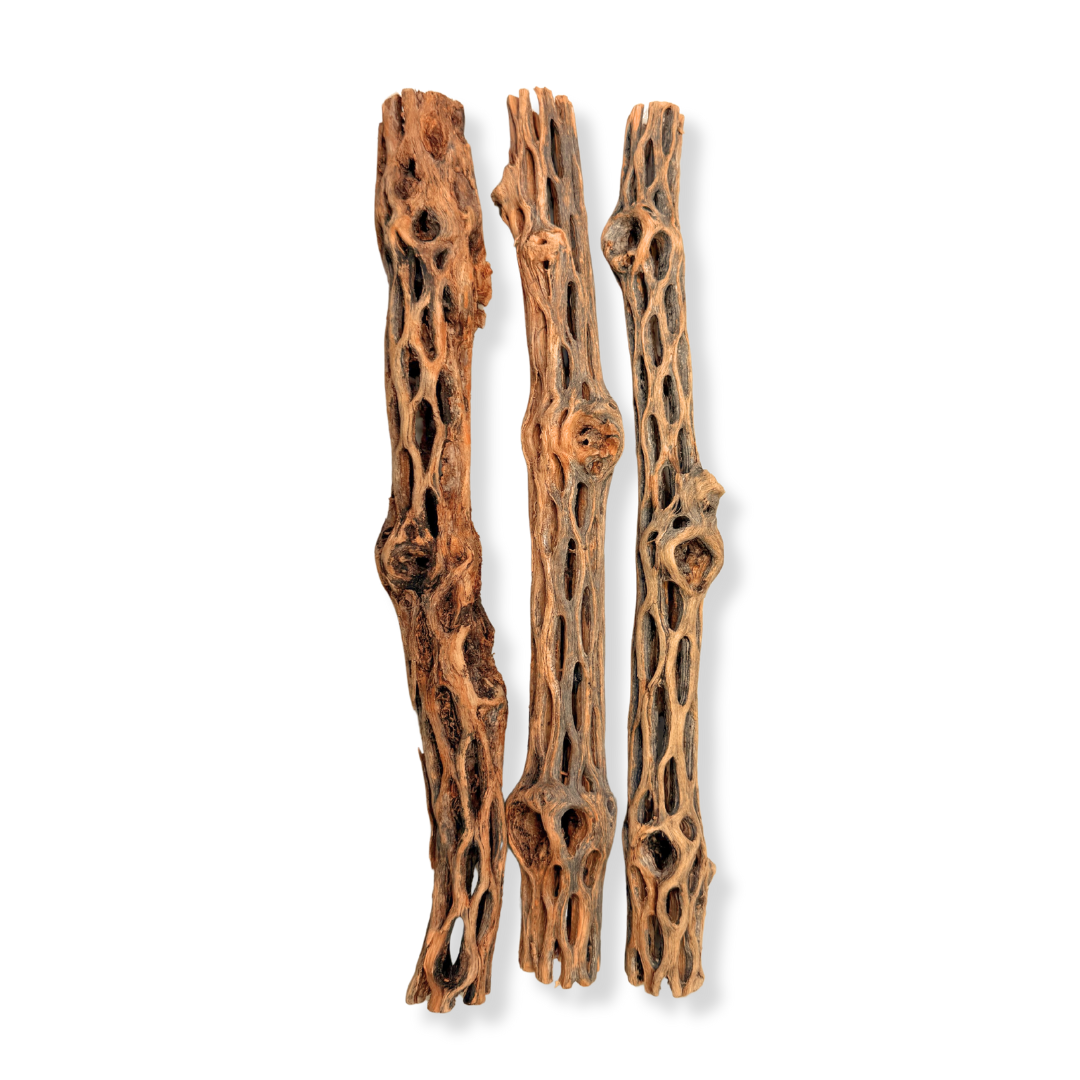
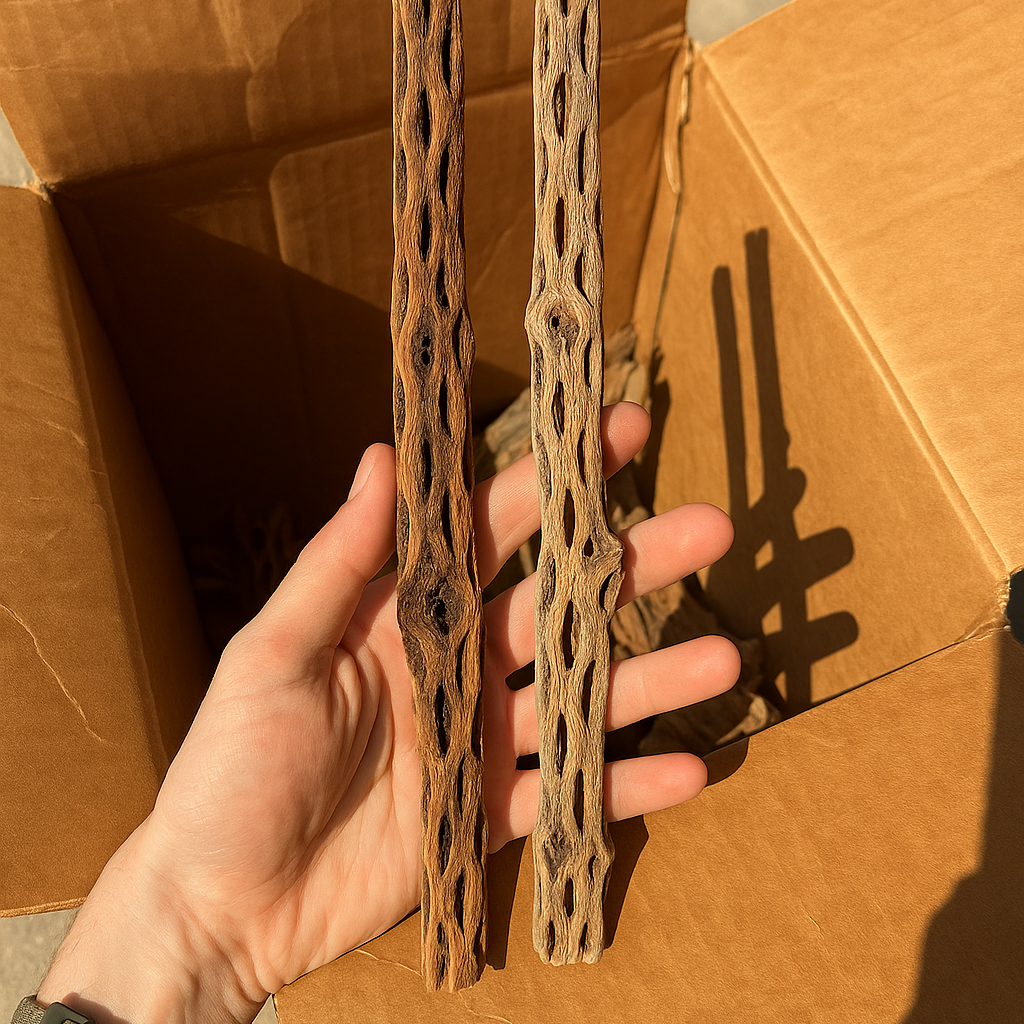
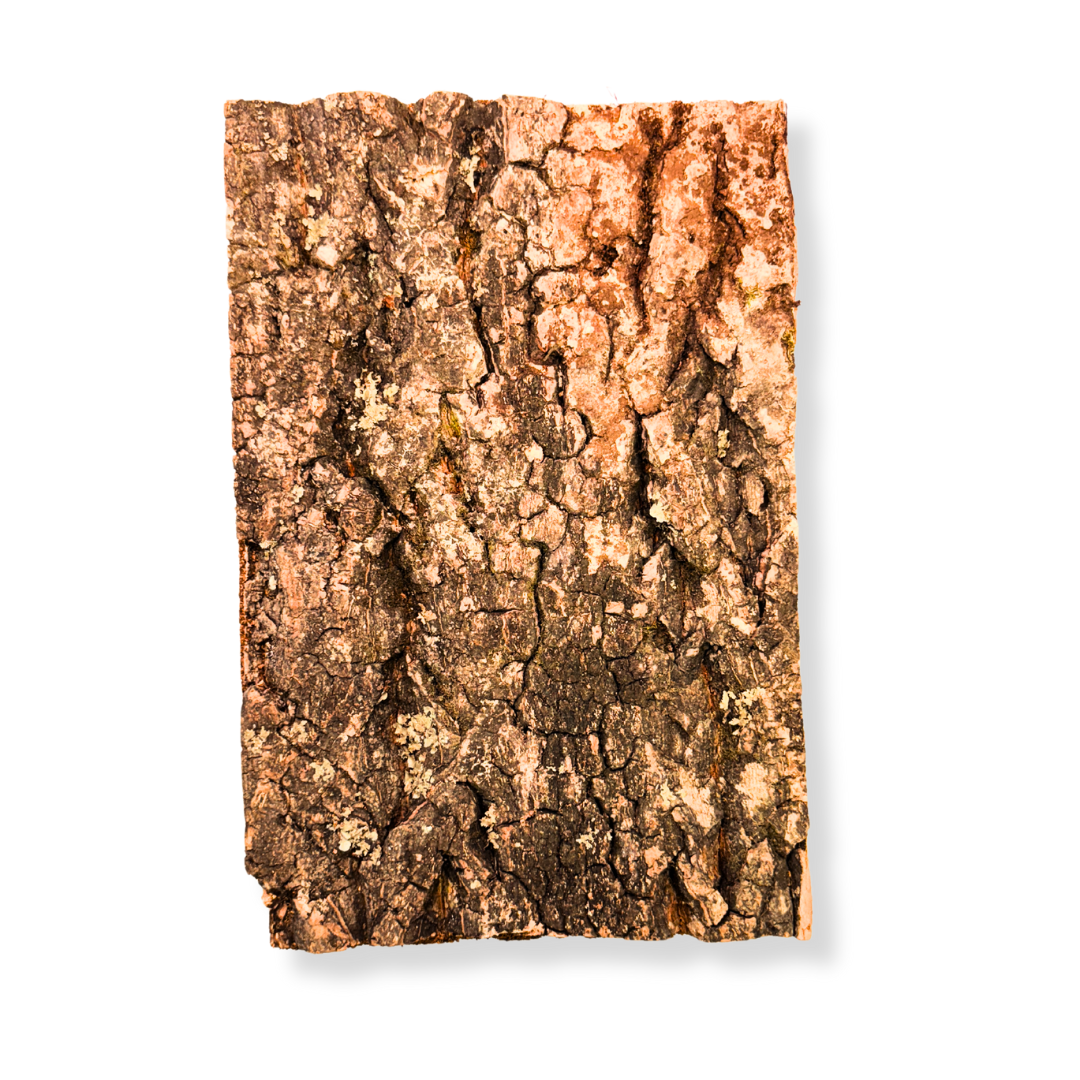
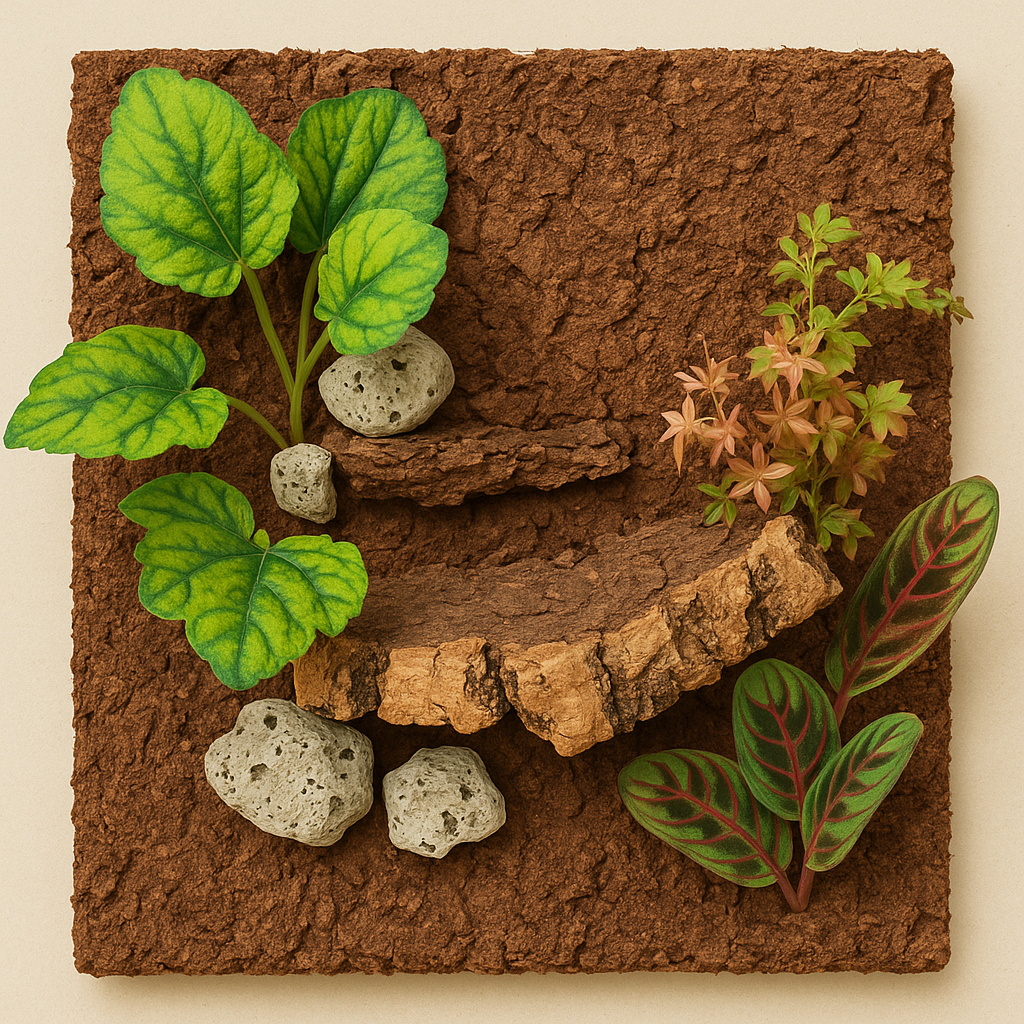



Leave a comment